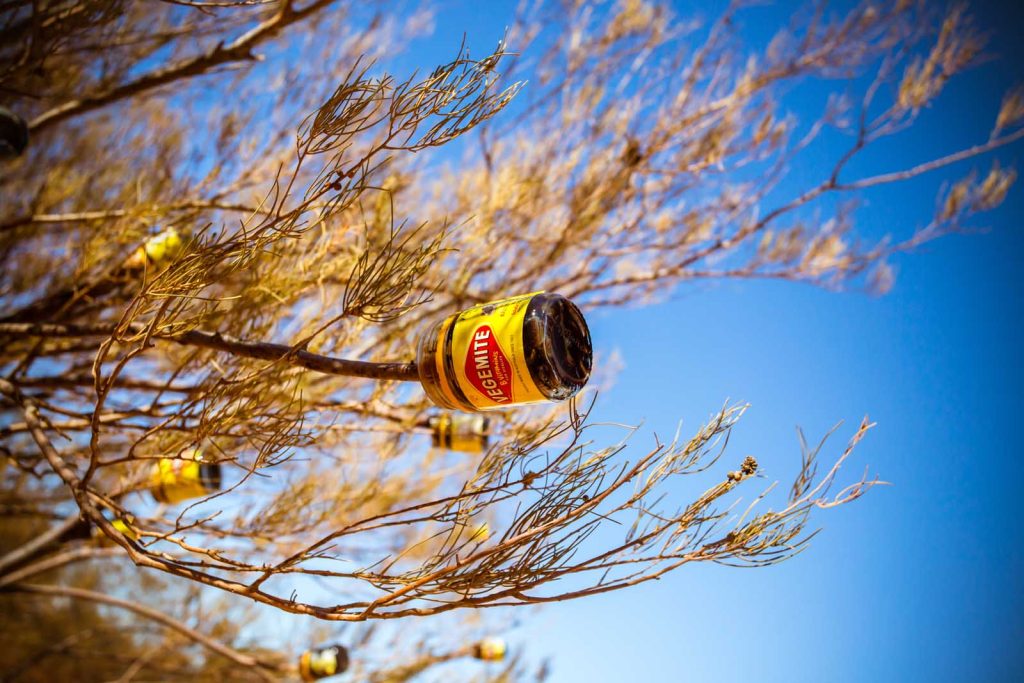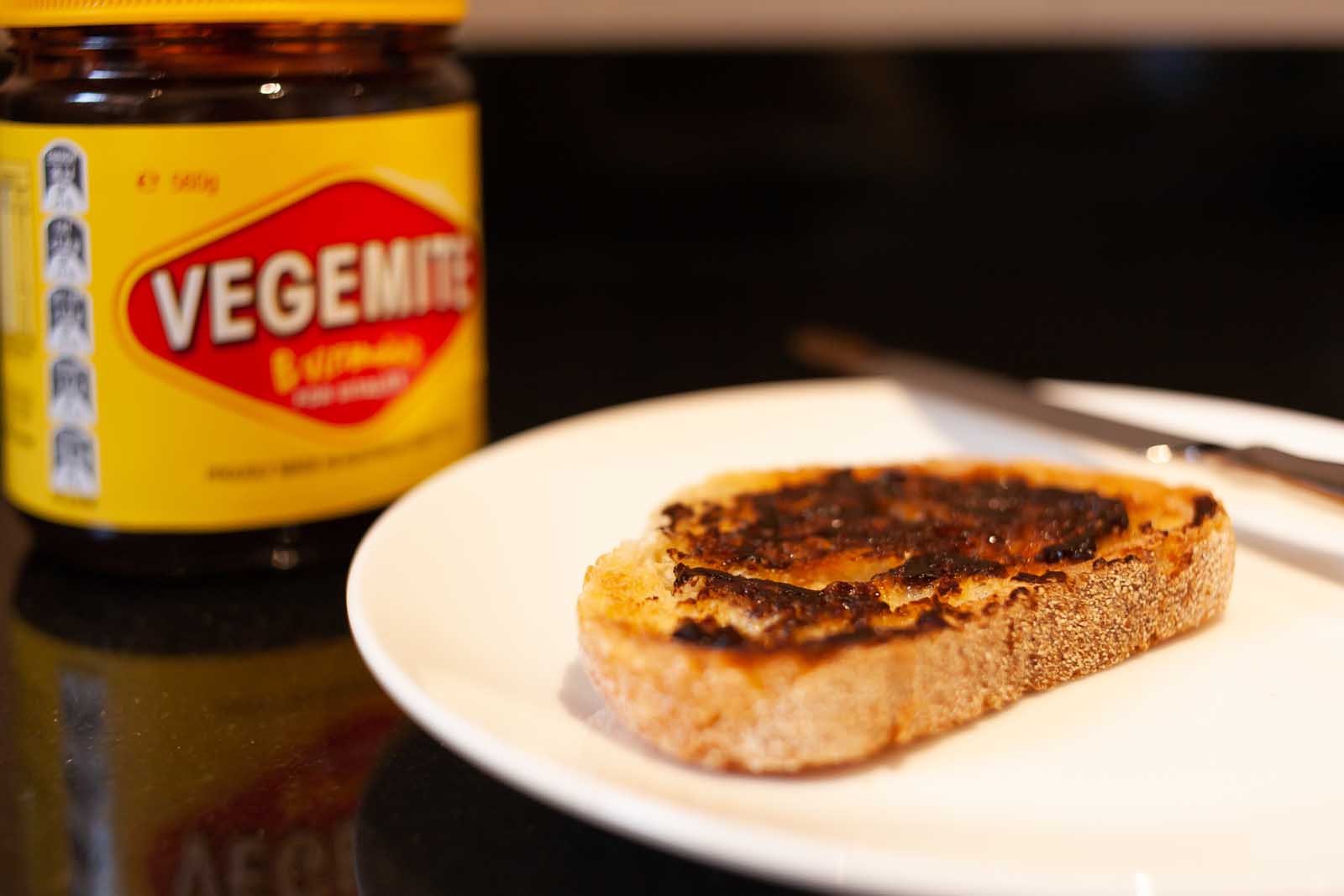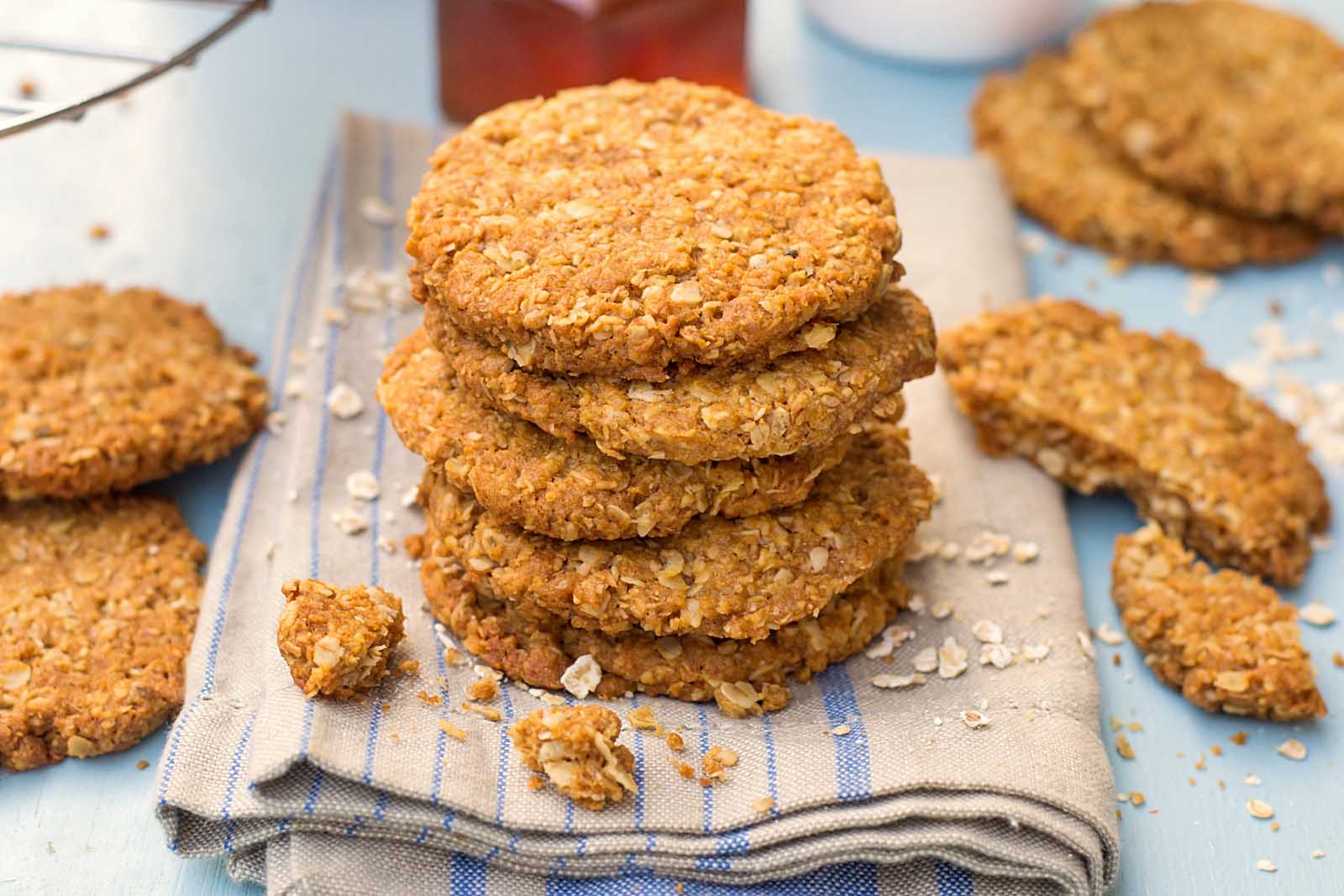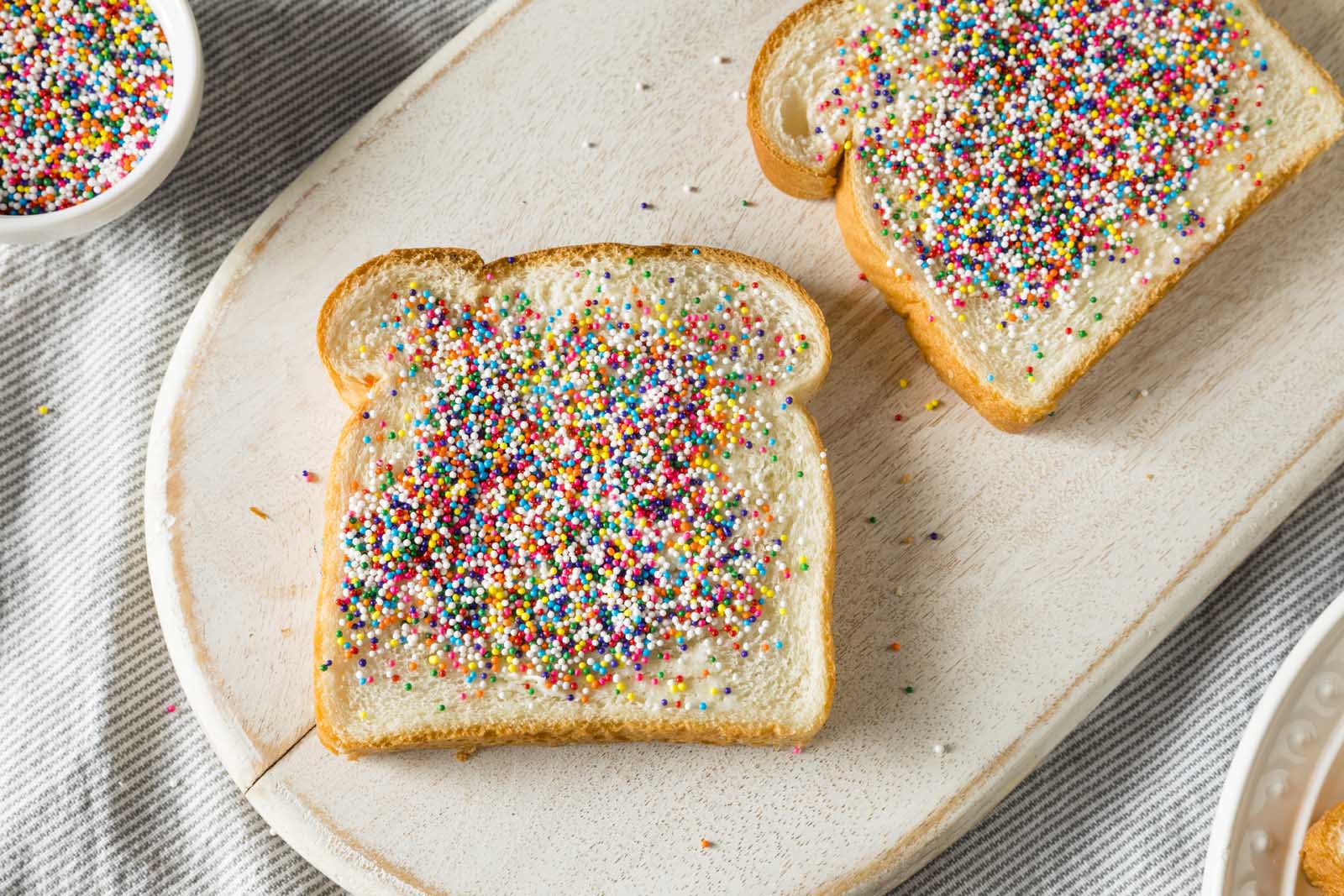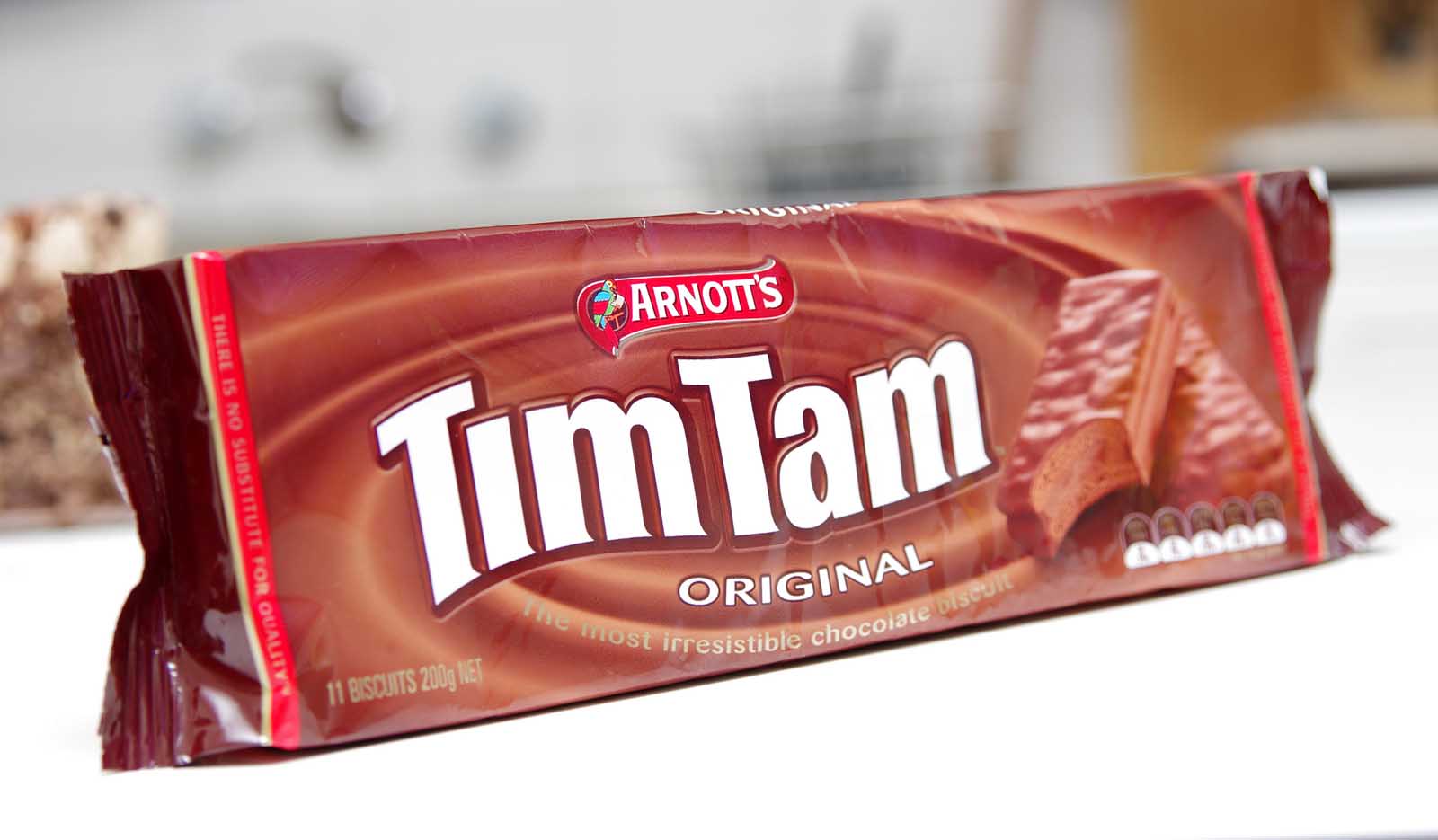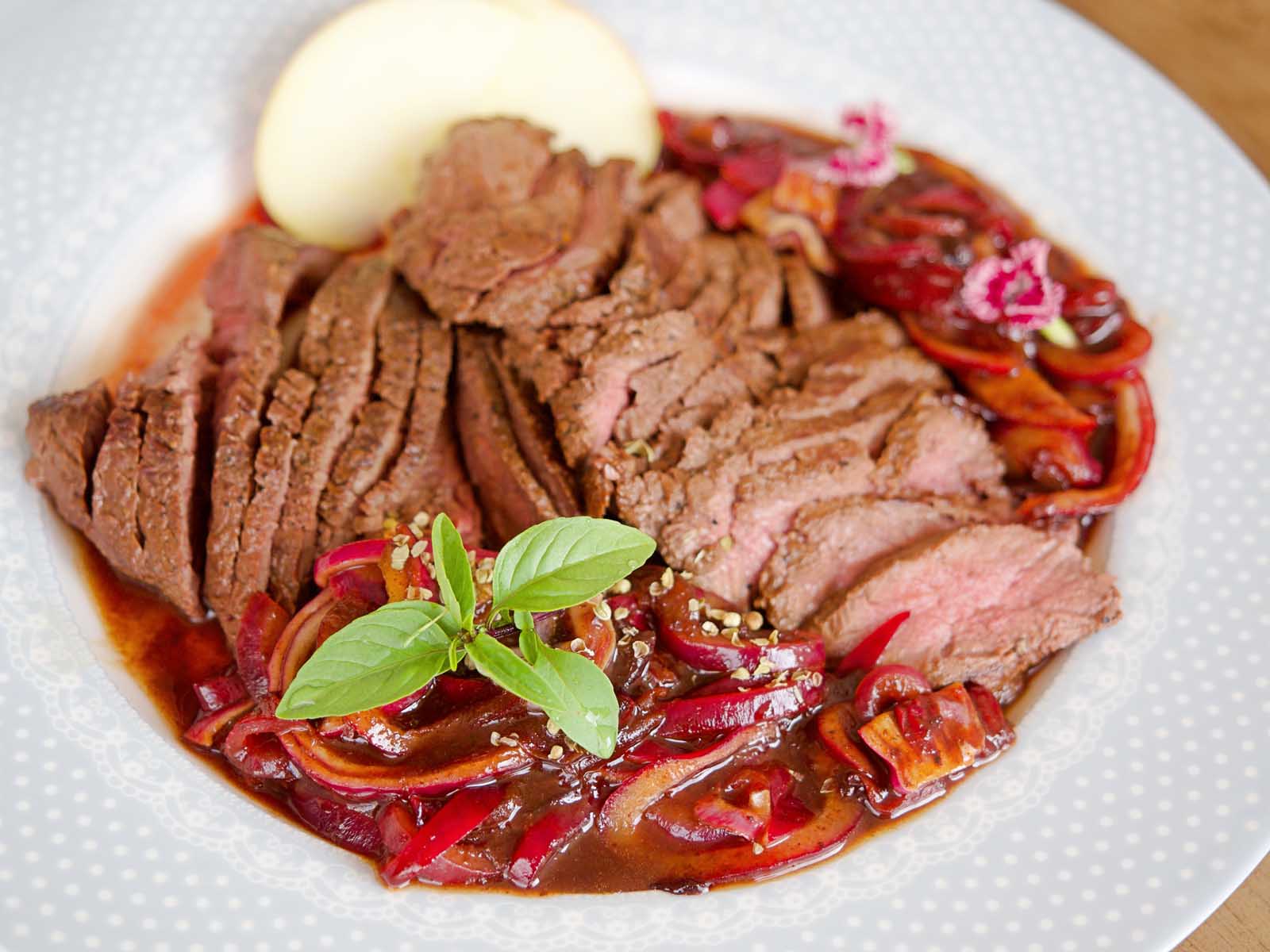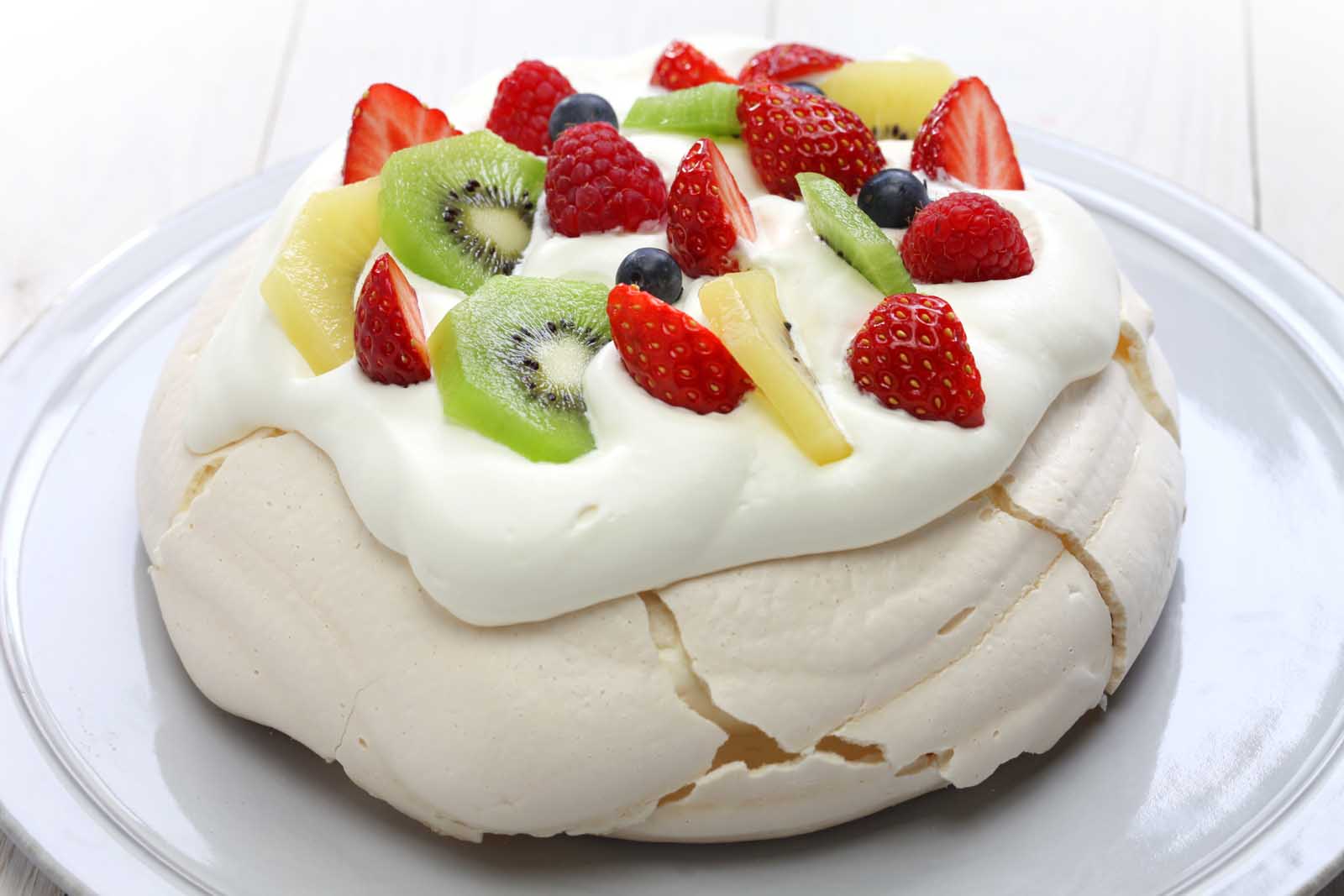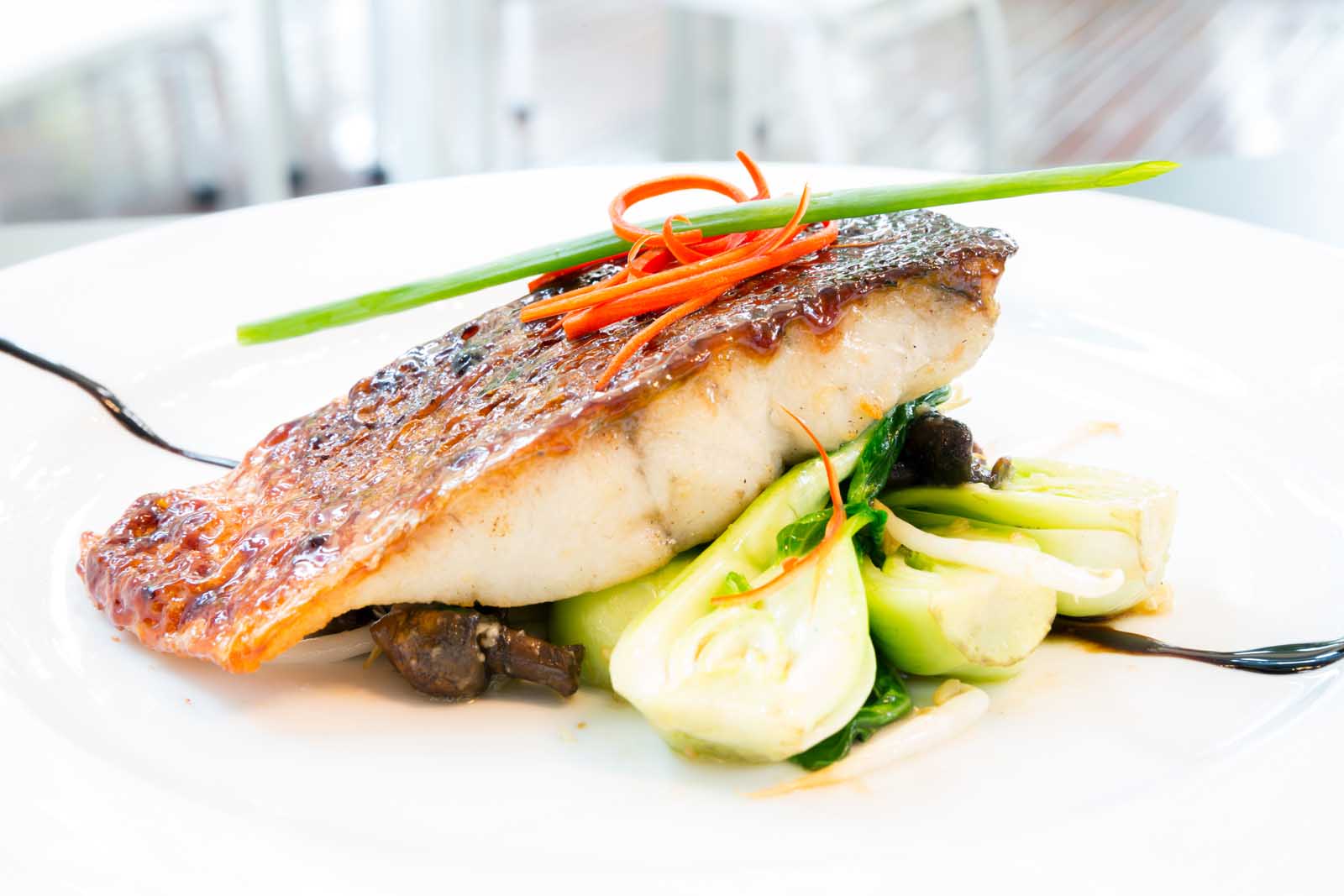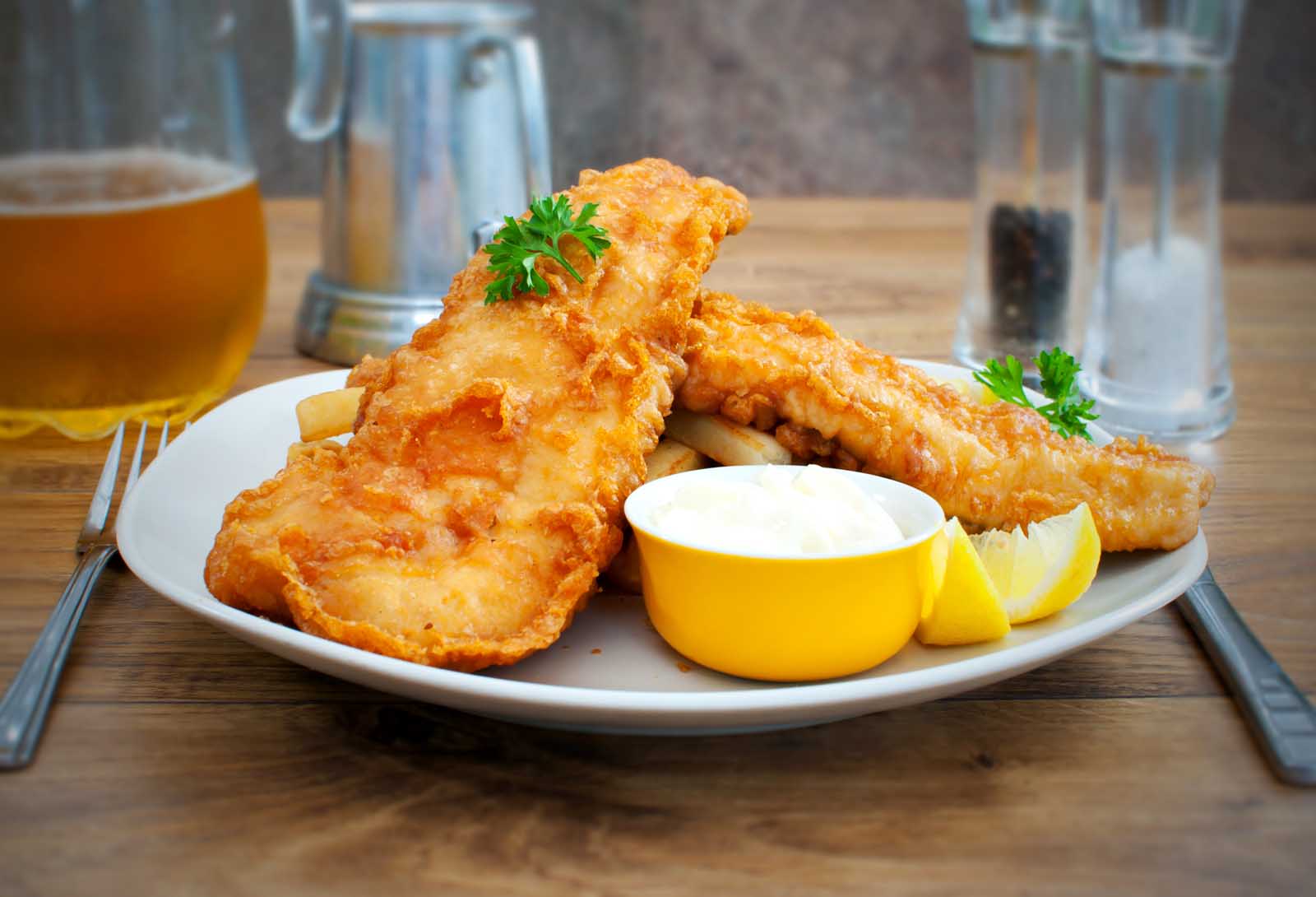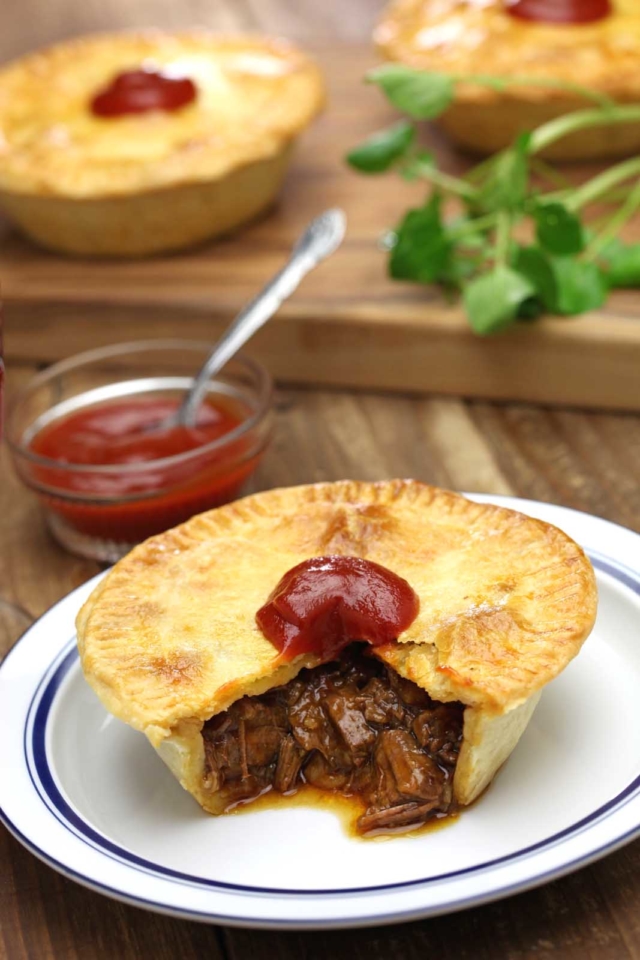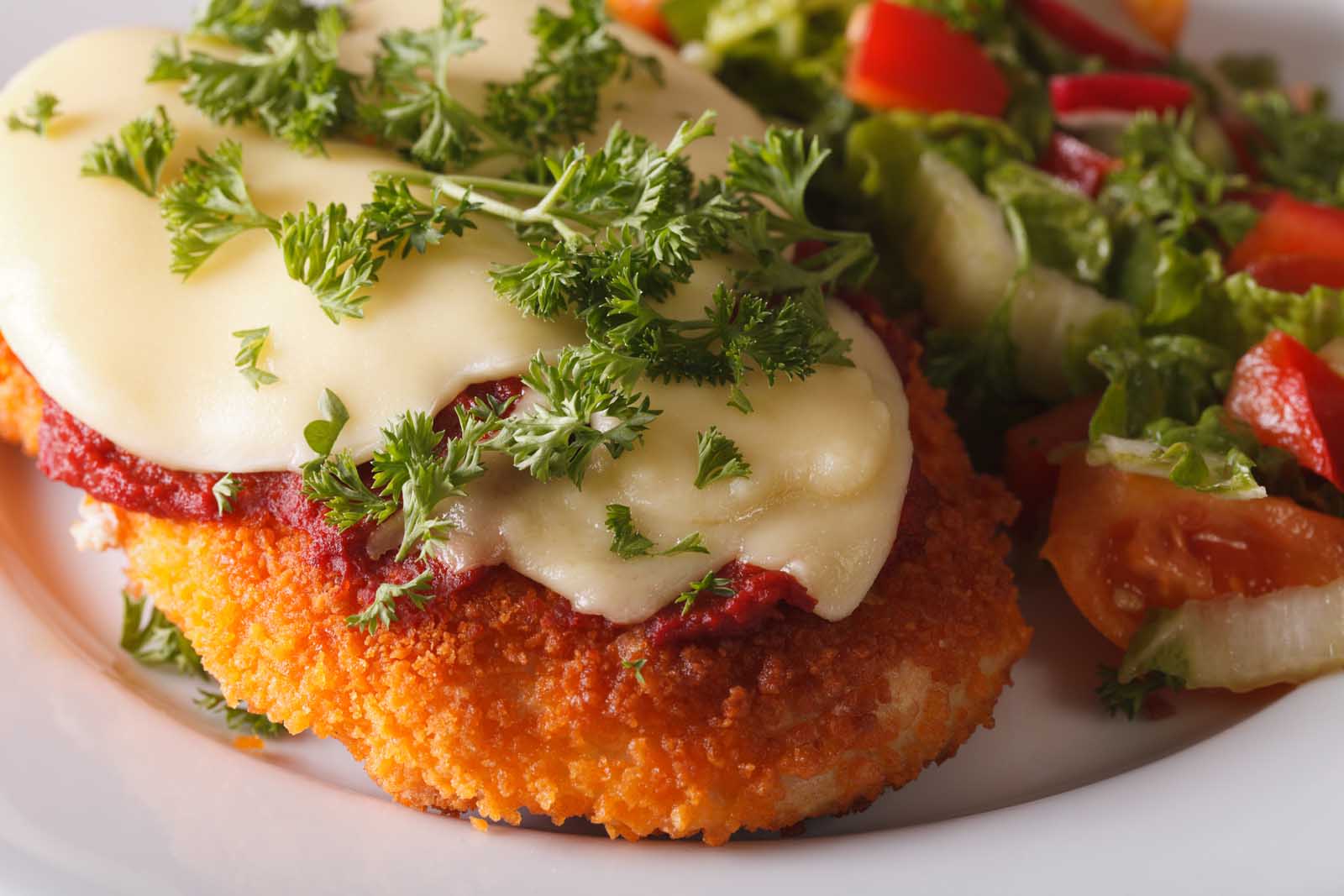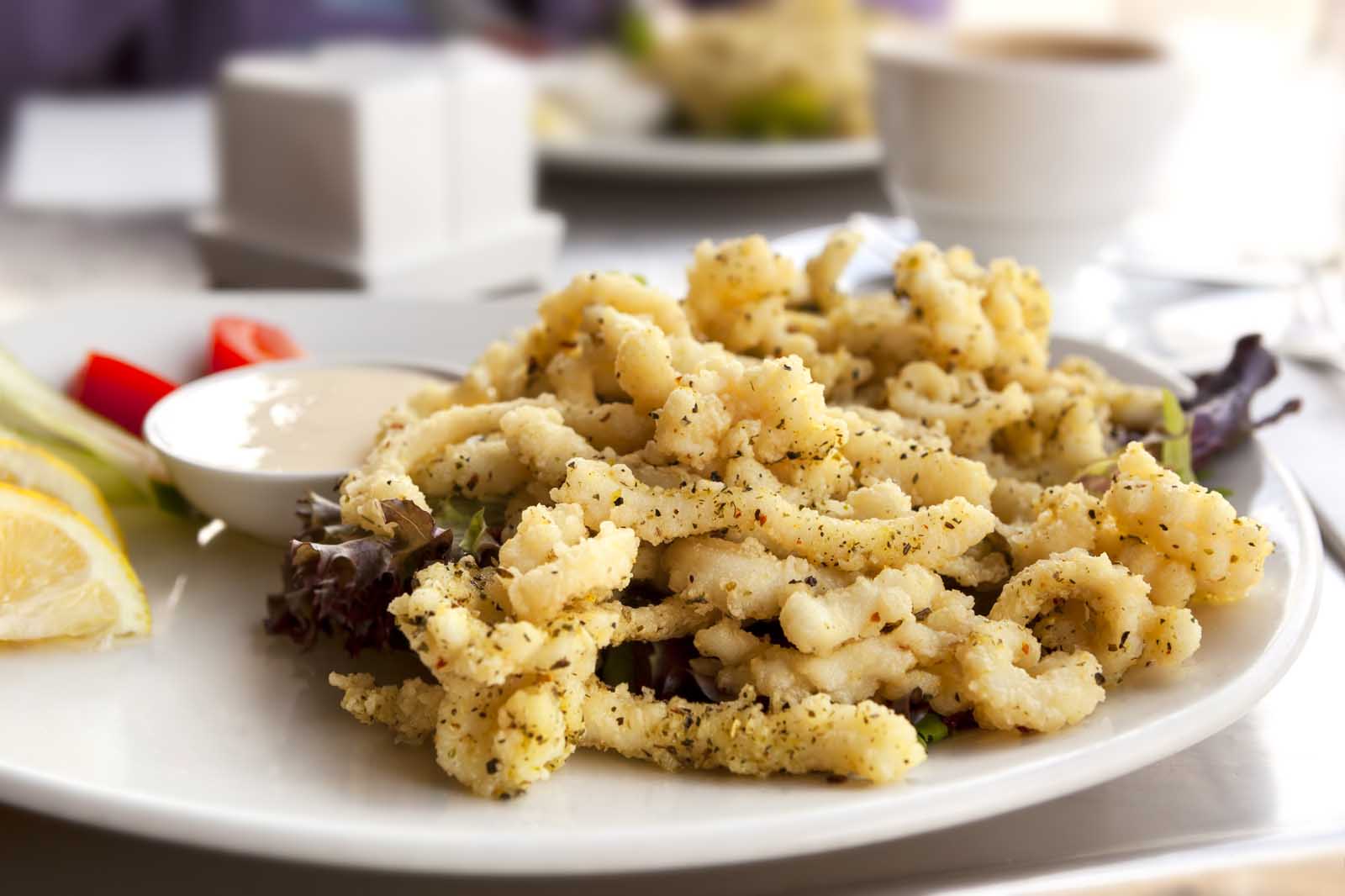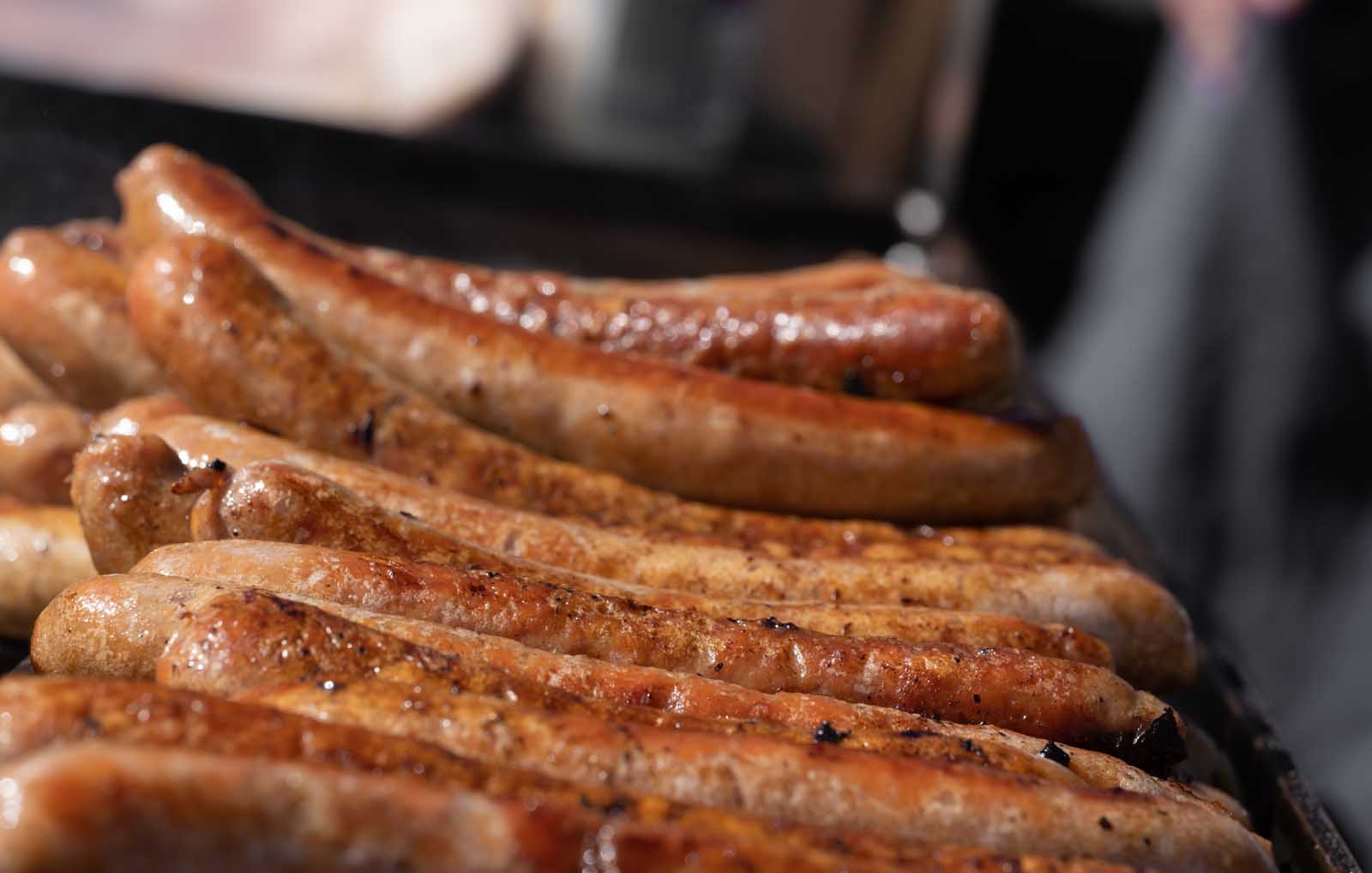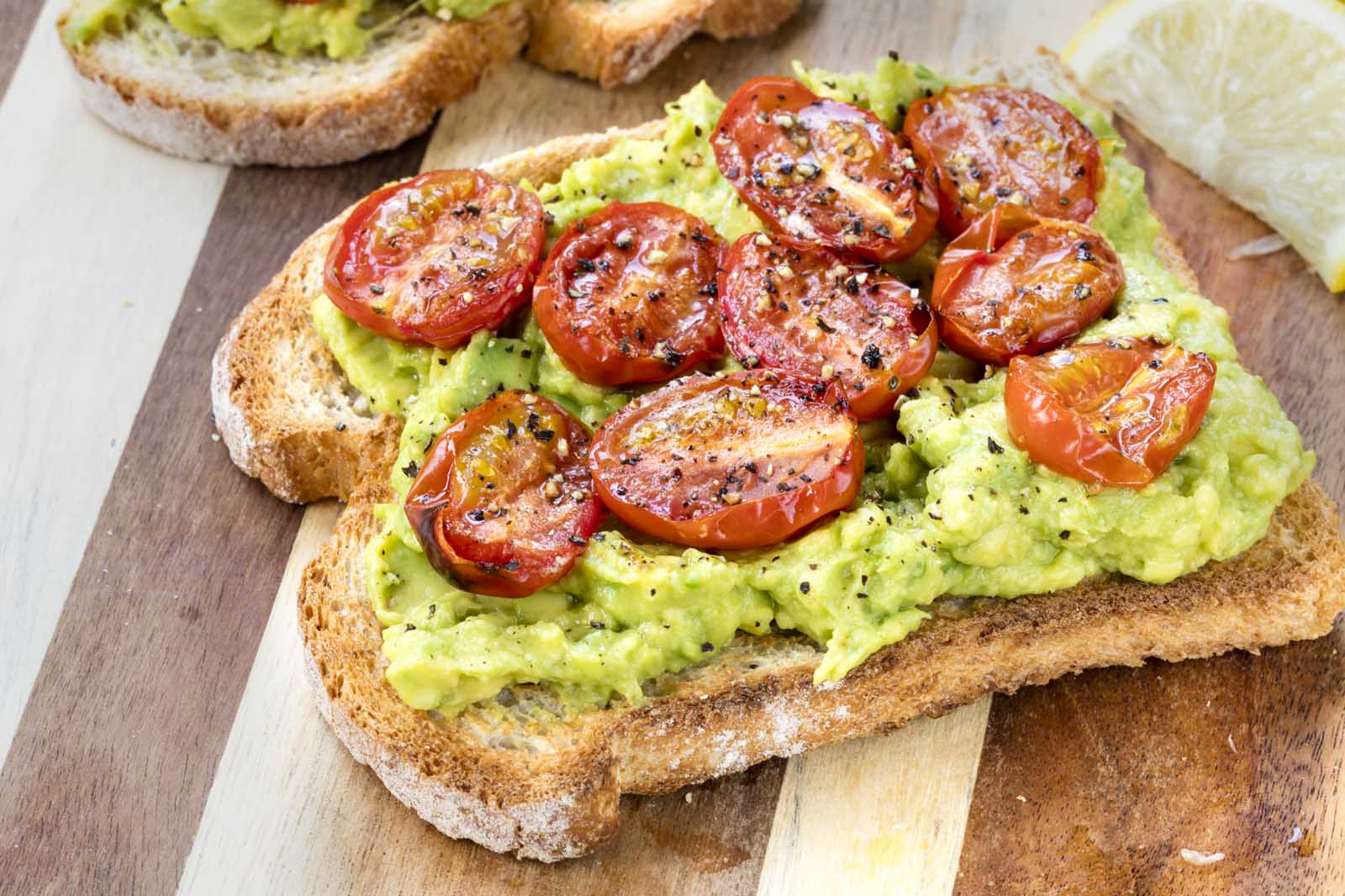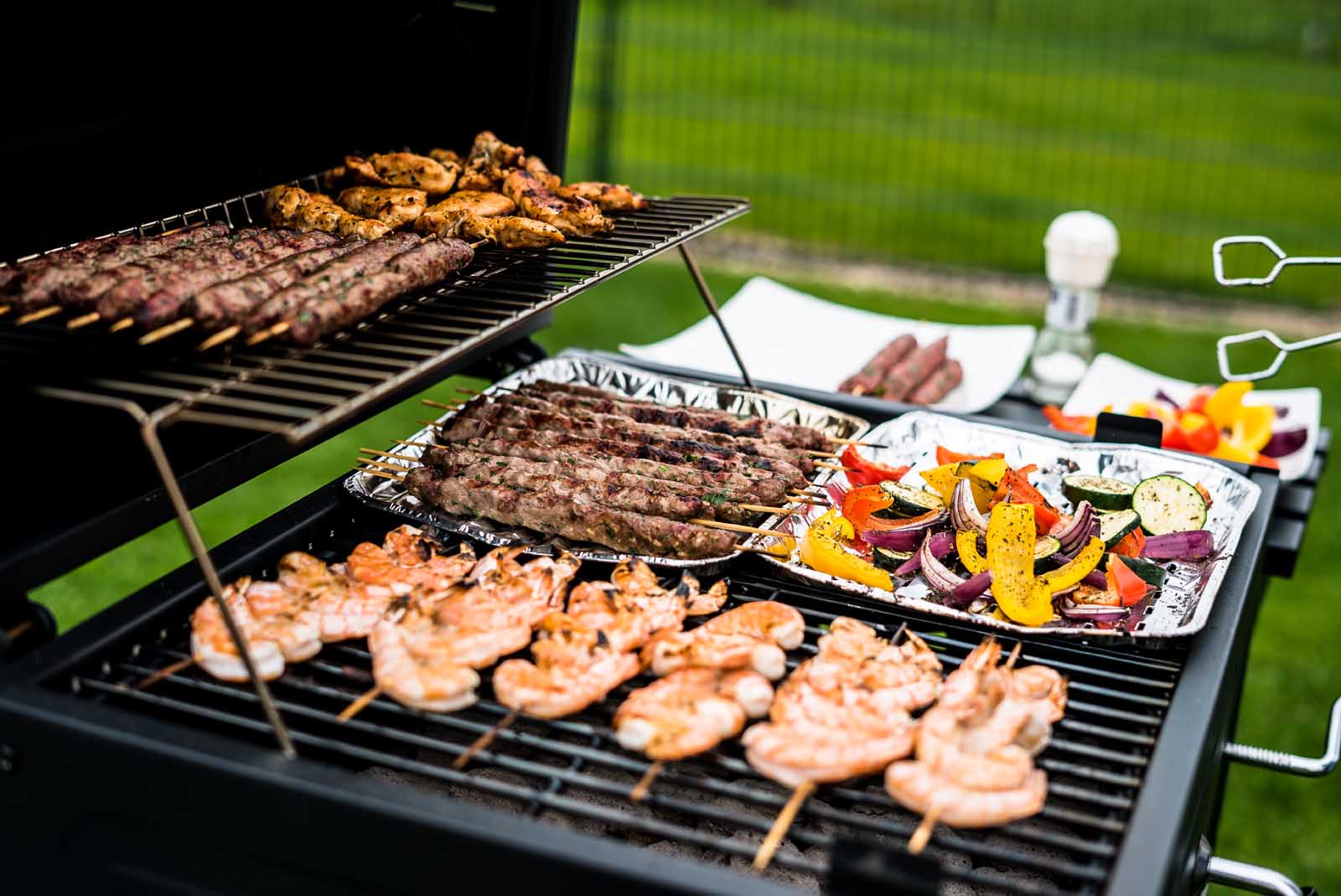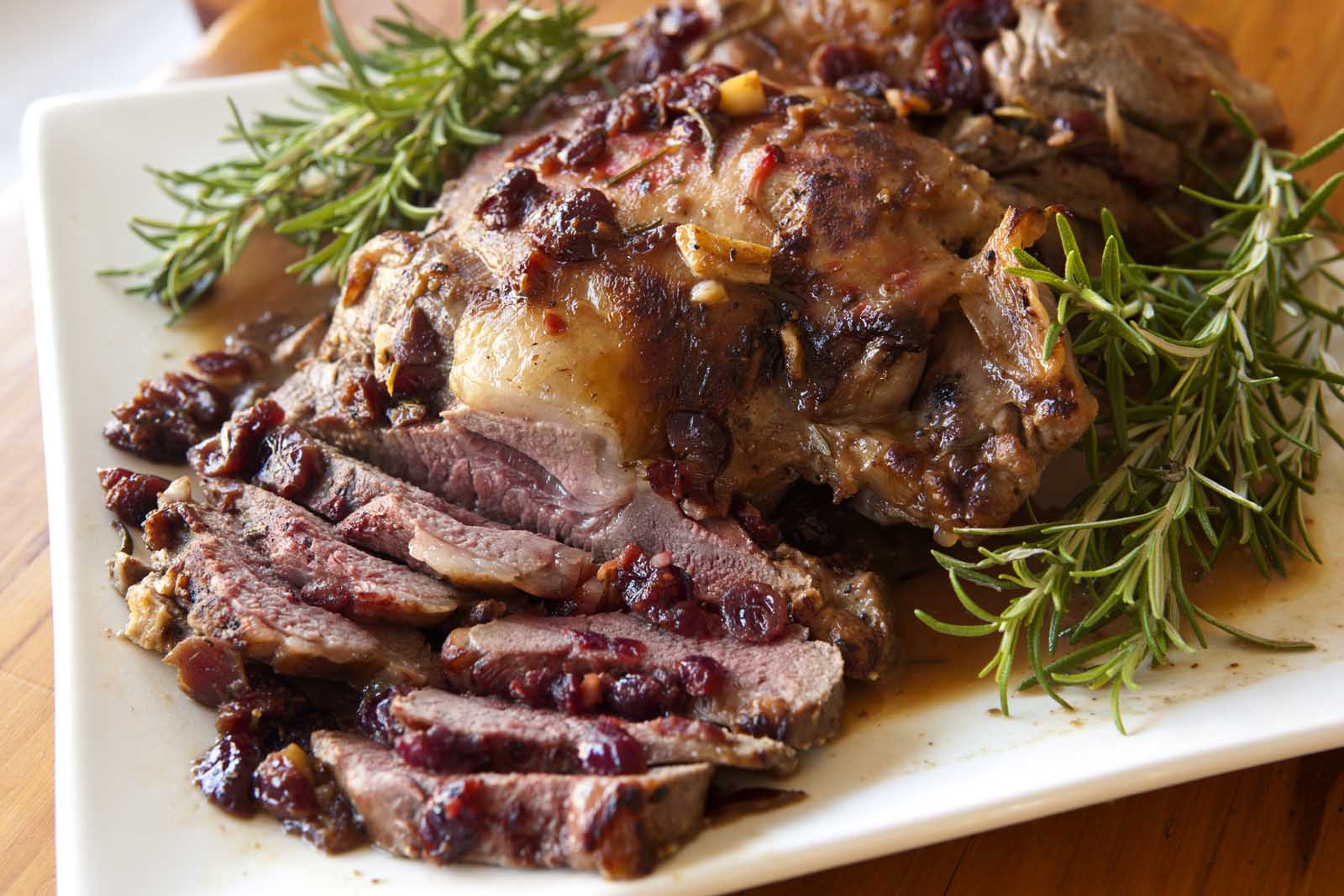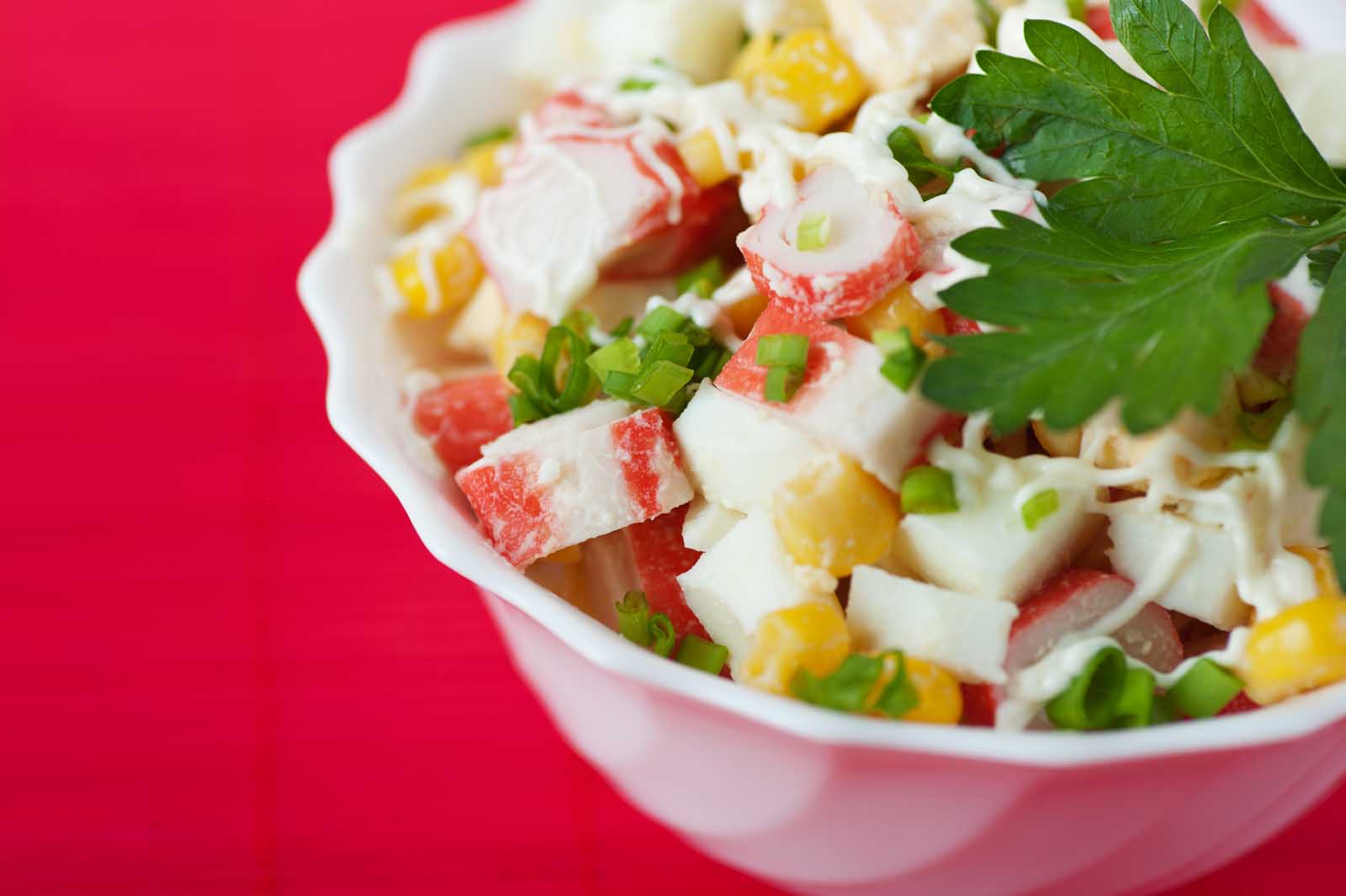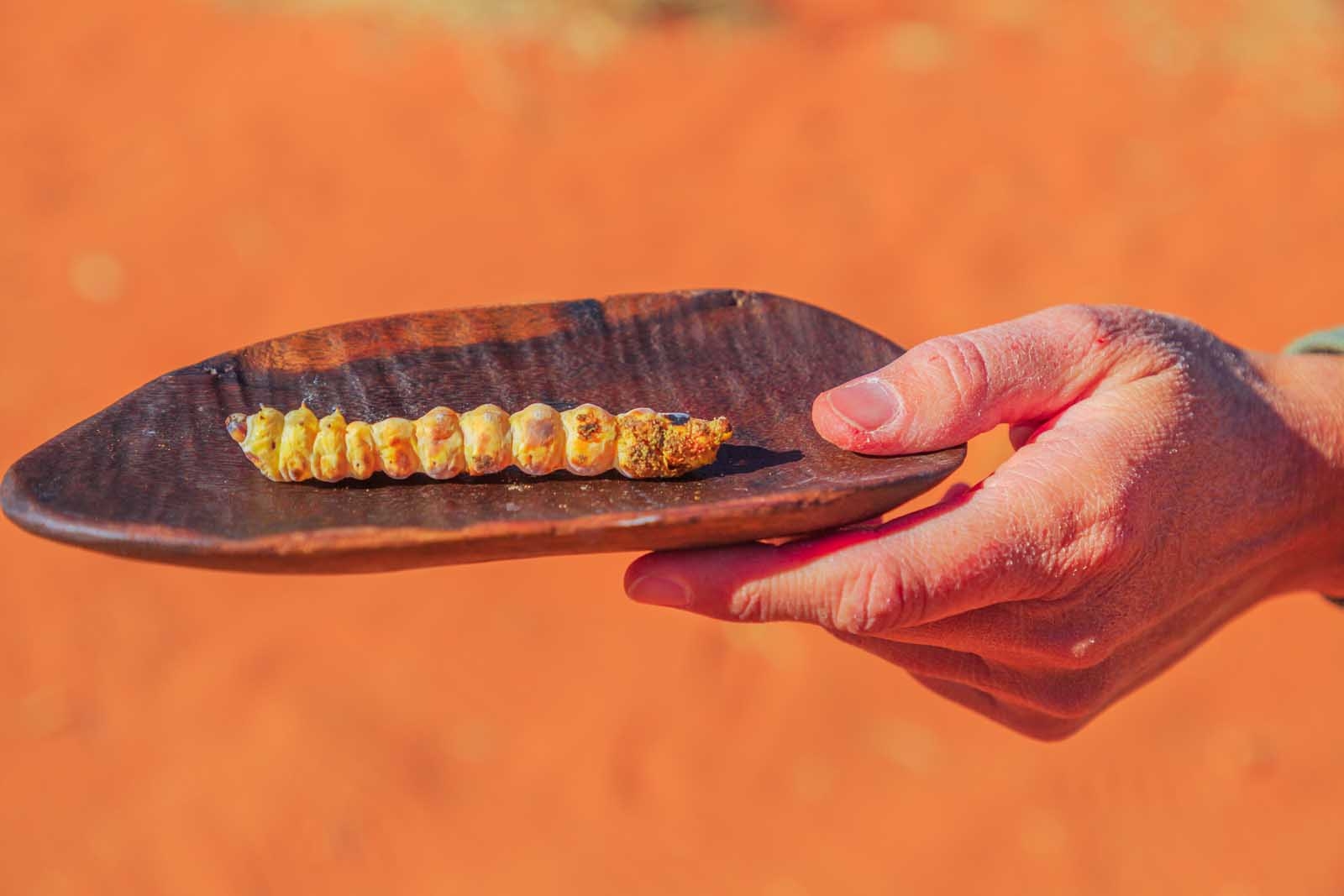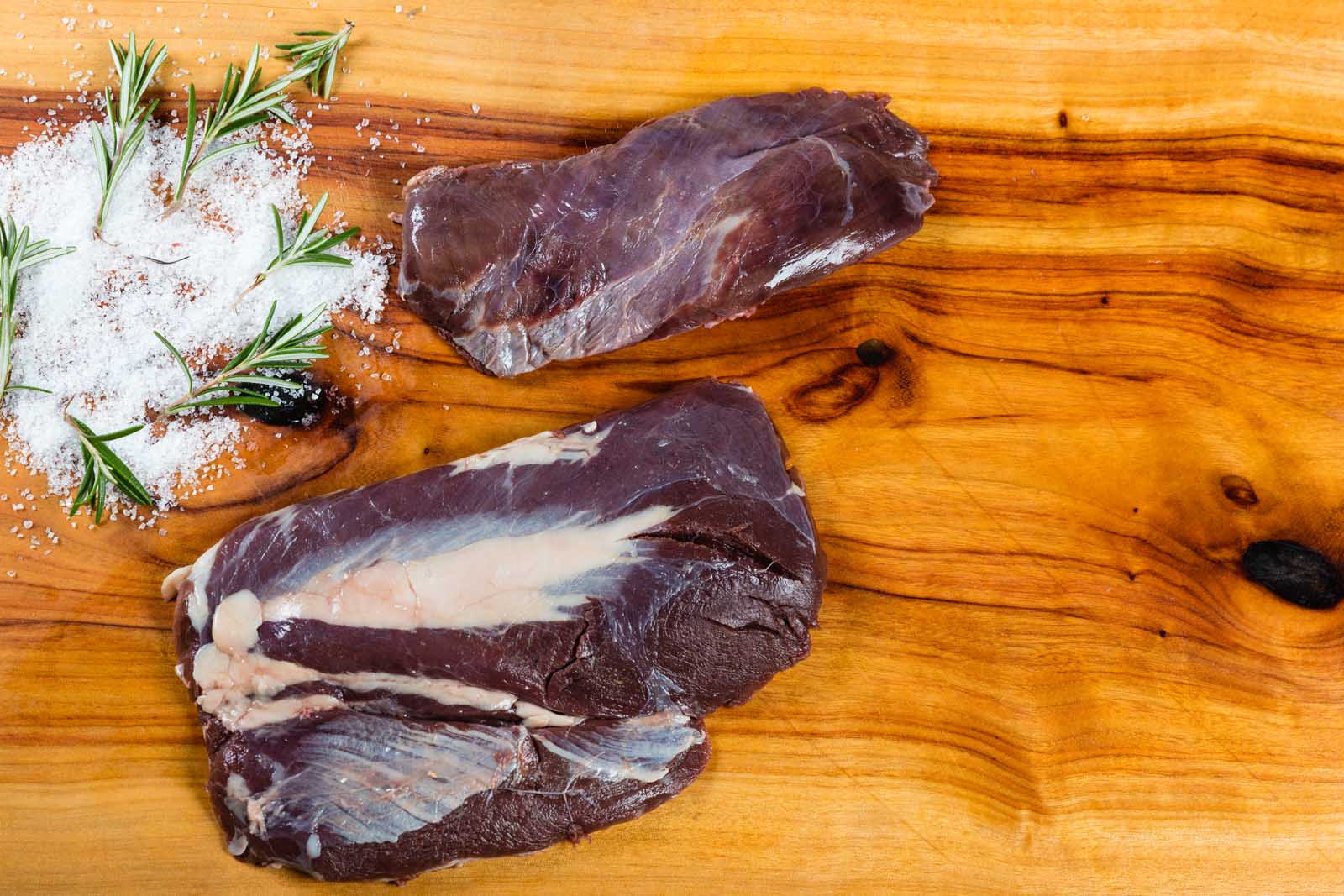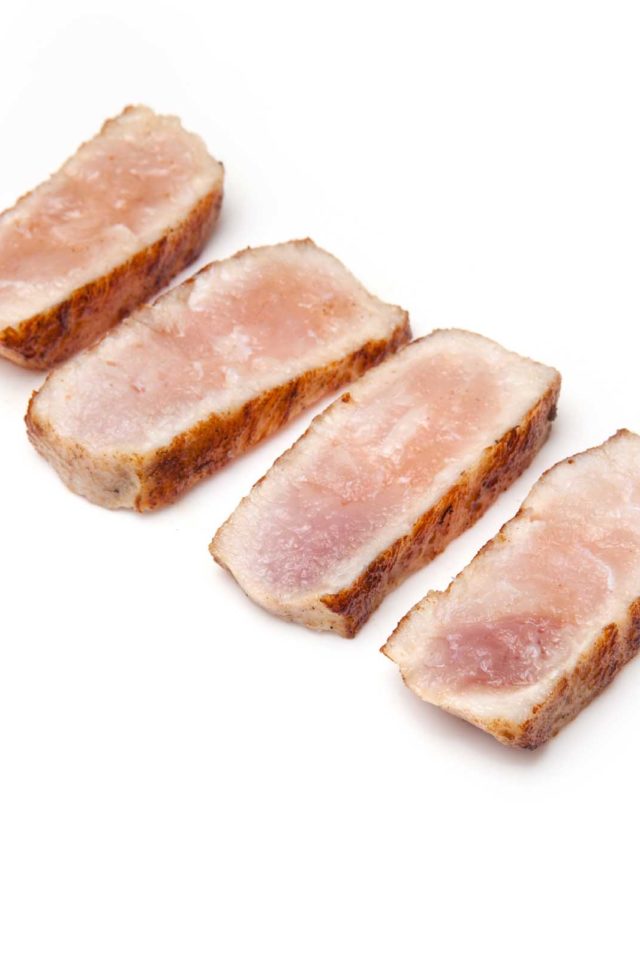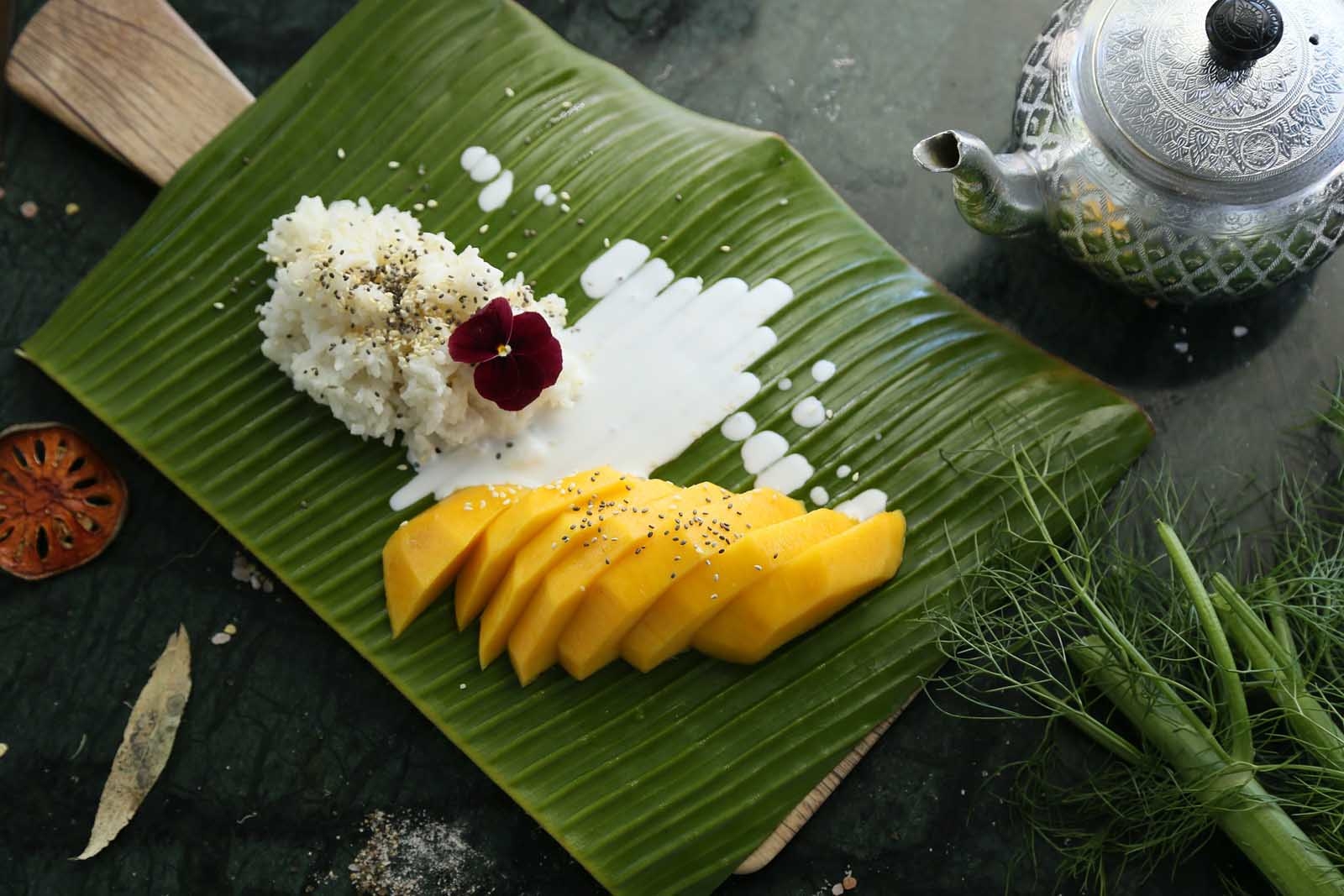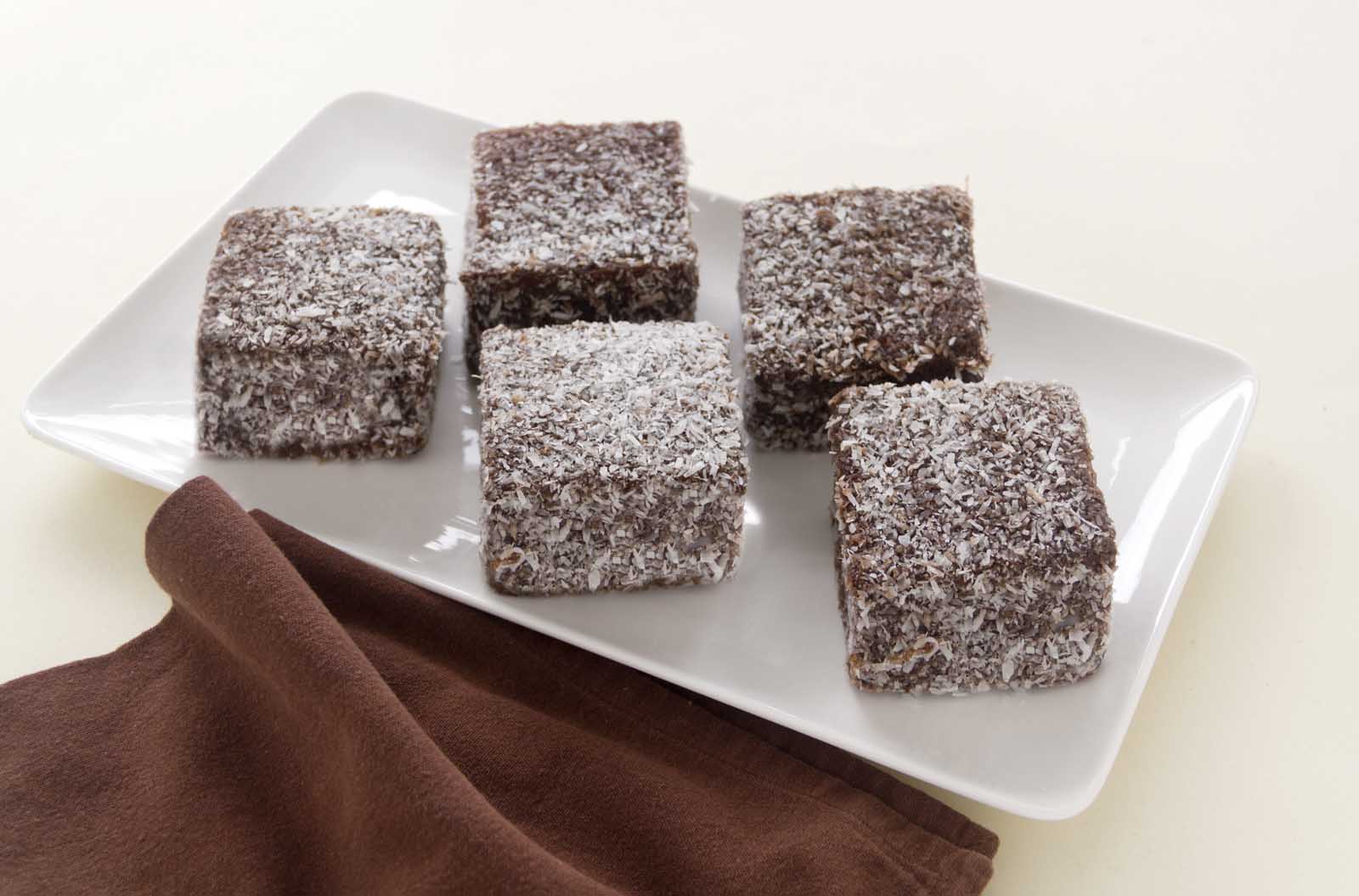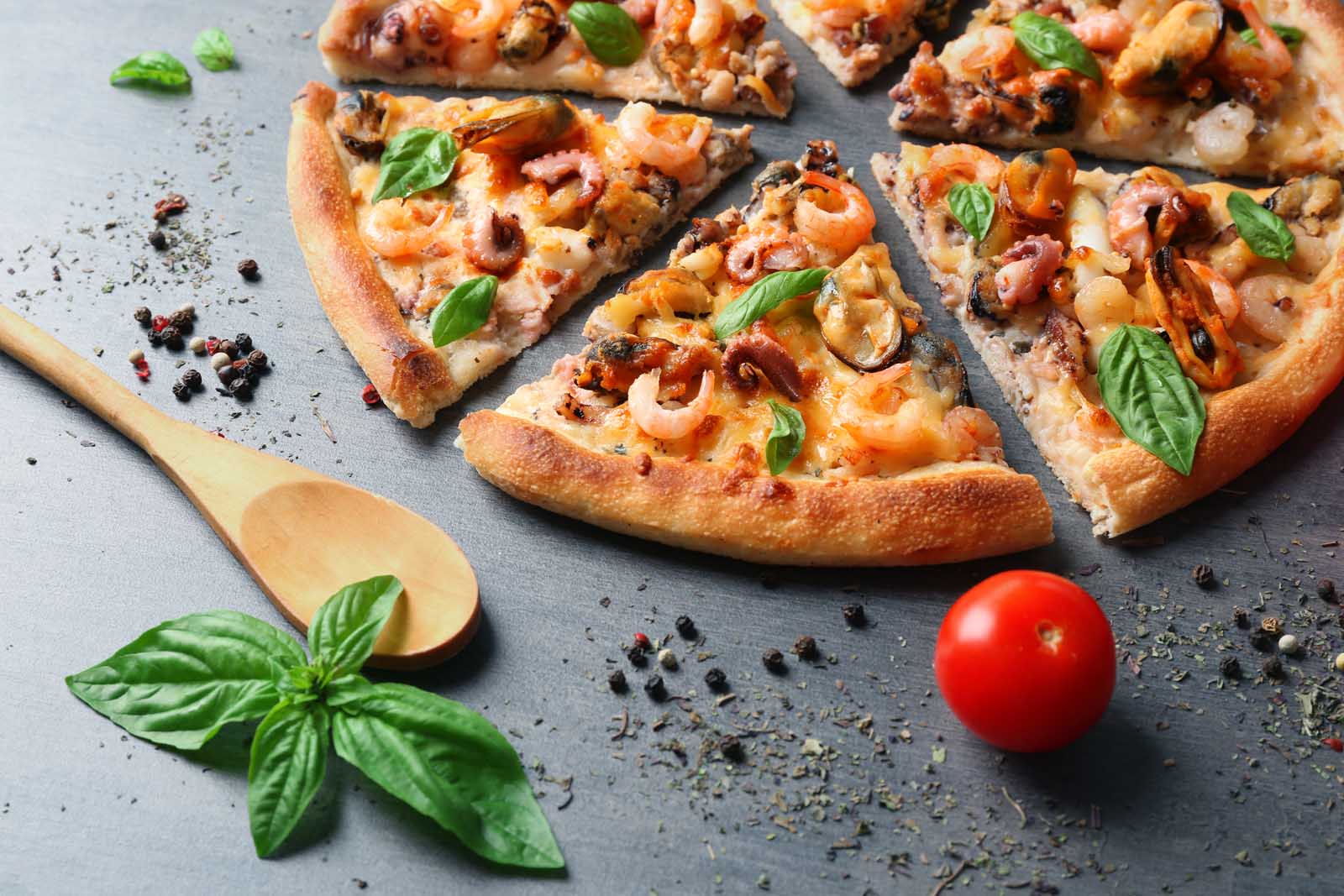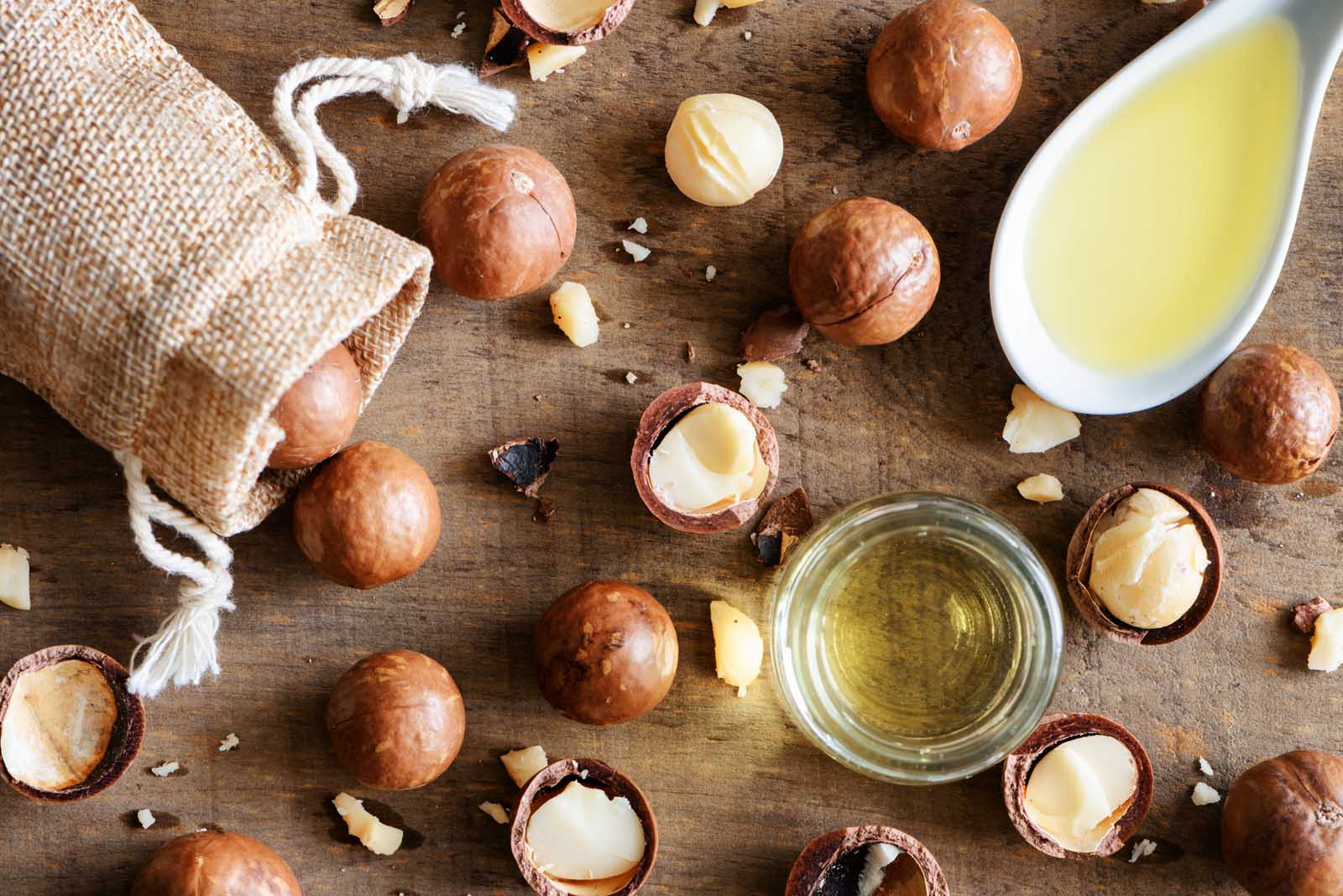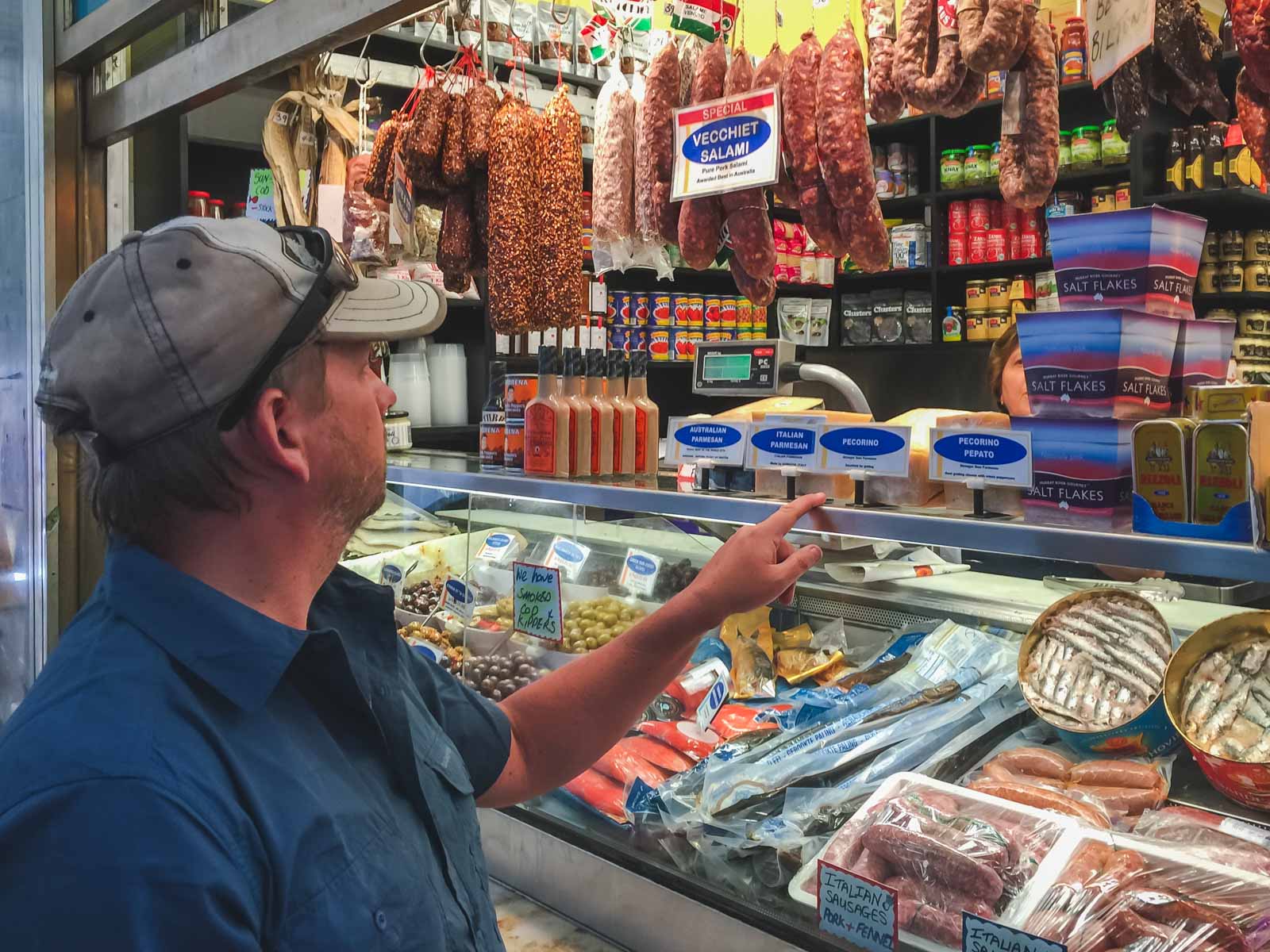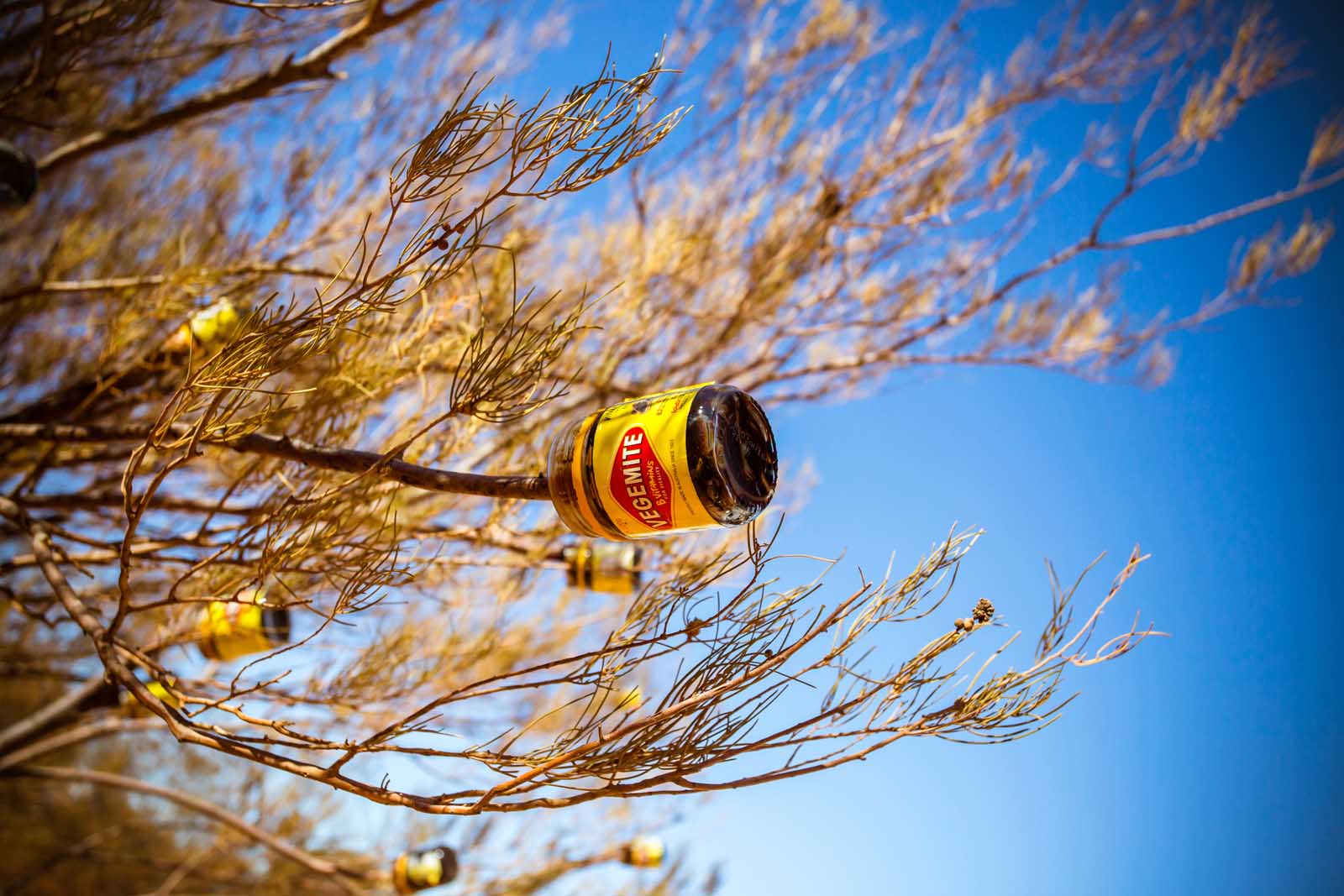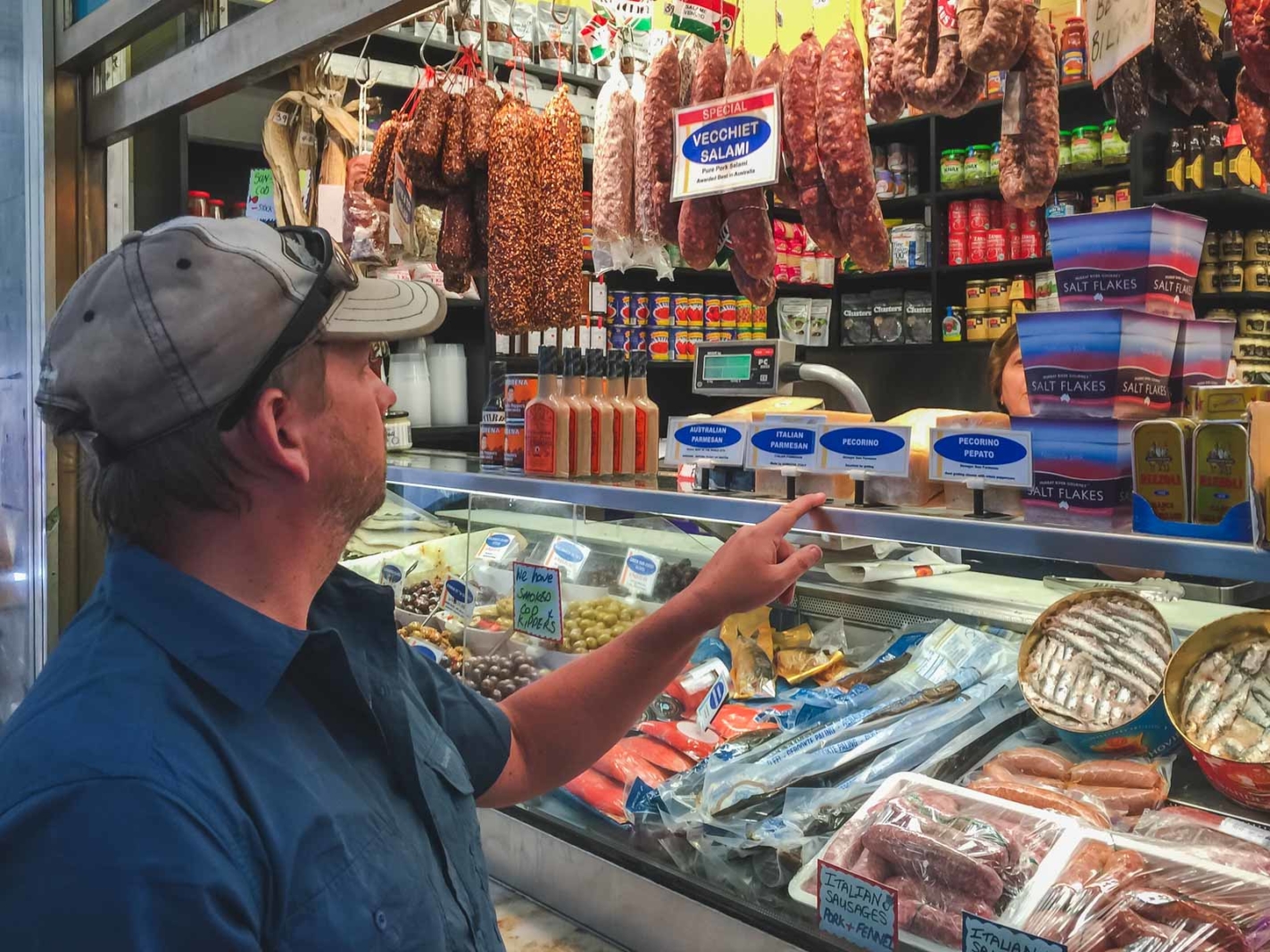Visiting Australia is always exciting. From the wildlife to the surf culture and fantastic road trips and attractions, the country is packed with excitement at every corner. But what about Australian cuisine? What are popular Australian foods ‘Down Under’?
There is a vast range of Australian foods. The cuisine has a massive European influence, and you’ll frequently spot adapted staples from British and Italian cuisine. Australian cuisine is also influenced by Asian cuisine, especially Chinese, so be prepared to see food adaptations like spring rolls. And, of course, some of Australia’s finest foods are created originally in Australia itself – like the beloved Tim Tam chocolate biscuits.
Best Dishes To Try in Australian Cuisine
This guide will whisk you through the 2e best dishes to try from Australian cuisine. If you are visiting Australia, these Australian foods are sure to get you inspired before you go. While if you are looking for new recipes to try in your own kitchen, many of these are suitable for cooking at home. Ready? Let’s begin.
1. Vegemite
Vegemite is one of Australia’s most loved and hated spreads. It is an acquired taste, and you’ll either fall head over heels for it. Vegemite is one of Australia’s most iconic spreads. We’ve personally found that most Australians we’ve met don’t hate it.
Vegemite is a dark brown paste with a strong yeasty, salty taste. It is an acquired taste, and you’ll either fall head over heels for it, slathering it onto your toast each morning, or rush to the sink for a glass of water. So, what exactly is vegemite made of?
Vegemite is made of brewers yeast, onion extract, malt, and celery – a bizarre-sounding concoction. It is sold in a small jar and can be purchased at most supermarkets. Vegemite is something other than something that is made at home. It is very similar to the British sauce Marmite, and that’s because, in 1922, a food manufacturer wanted to recreate an Australian version. Over 100 years later and the little jar is still prevalent. And here’s a cool fact, Veggemite is great for a hangover. With its high salt content mixed with vitamin B, it will help your body replenish those electrolites.
2. Anzac biscuits
It could be argued that delicious Anzac biscuits are the most popular Australian food. Anzac biscuits are commemorative biscuits that pay respects to the Australia and New Zealand Army Corps. They are popularly eaten on ANZAC Day and Remembrance Day as a tribute to those who served in World War I, those who served throughout history, and those who continue to serve today. As its name suggests, it does not just recognize Australian soldiers but also the New Zealand Army Corps.
An Anzac biscuit is super sweet. It consists of rolled oats, desiccated coconut, sugar, butter, golden syrup, flour, and baking soda. The ingredients are mixed in a large bowl, and then boiling water is added. Anzac biscuits are baked like any other biscuit – in the oven until golden.
While Anzac biscuits are most commonly eaten on ANZAC Day or Remembrance Day, you will find them in bakeries all over Australia throughout the year. Thanks to its straightforward recipe, the Anzac biscuit is also easy to recreate at home.
3. Fairy bread
Fairy bread is one of the strangest Australian foods. This dish looks like it was prepared and masterminded by a small child. It is fitting, considering it is usually served at children’s parties. Fairy bread consists of slices of white bread topped with butter and hundreds and thousands. It has a colorful appeal and a slightly sweet taste. The dots of color are what give it its name ‘fairy bread’.
The Hobart Mercury newspaper first mentioned Fairy bread in Australia in the 1920s. The article cited that fairy bread was being eaten at children’s parties, and the trend caught on. Fairy bread has been eaten ever since. It is a budget-friendly Australian food close to a cake yet also unusual enough to warrant novelty appeal. The white bread is nice and fluffy, and the hundreds and thousands add sweetness. Give it a go, and you’ll be impressed. Fairy bread is best tried at home since you will need help finding it in cafes as a homecooked Australian food.
4. Tim Tam slam
For those in the dark about this iconic Australian food, Tim Tams are Australias favourite chocolate biscuit. British readers will know Penguin biscuits, and Tim Tams are essentially the exact same thing. A Tim Tam is made up of two malted biscuits split by a yummy layer of chocolate sauce, then entirely coated in a chocolate layer. The biscuit was masterminded by the Aussie biscuit company Arnott’s in 1964. Now, Tim Tams are lovingly devoured all across Australia. The humble Tim Tam is even shipped internationally.
It won’t surprise you that Tim Tams taste sweet and chocolatey. Tim Tams are best enjoyed with a hot beverage like a tea or coffee, and you can buy them in most supermarkets in Australia and order them online to be shipped abroad. An Aussie ritual when having a Tim Tam with a hot drink is to create a Tim Tam Slam, where you bite off opposite corners on each end of the biscuit and then suck the drink through like using a straw. This is particularly popular with hot chocolate.
5. Kangaroo meat
Next to koalas, kangaroos are Australia’s national animal. However, unlike koalas, kangaroos are also a popular Australian food. Kangaroos are extremely widespread across Australia and have such high population numbers that they are considered pests in many regions. Kangaroo meat was illegal until the end of the 20th century, when it was legalized for human consumption. However, Indigenous Australians have been eating kangaroo meat for centuries.
When staying on the Gold Coast, our friend Duncan brought over some kangaroo meat for us to try. I told him I wouldn’t eat it, but when he cooked it, I liked it better than my steak! The lean red meat is exceptionally high in protein and low in fat – making it a healthy dish to eat.
Kangaroo meat has a much stronger, richer flavor than beef or lamb. It is also full of iron and really high in vitamins and minerals like zinc. Kangaroo meat is sourced from wild kangaroos, sourced all over Australia from Queensland to Western Australia. The meat can be cooked in a pan, oven, or true Aussie style, grilled on the barbecue.
6. Pavlova
A pavlova is a delicious dessert that is famed across the globe and actually originated in New Zealand. The pavlova got its name from the Russian ballerina Anna Pavlova. It is commonly eaten in Australia for special occasions and public gatherings. The dish is meringue-based yet looks more like a domed cake. It is frequently decorated with whipped cream and fresh fruits and has a crisp exterior and soft inside.
Baking a pavlova is quite a fine art. It involves whisking egg whites and adding sugar gradually. It is one of those desserts that everyone knows one accomplished dessert maker and relies on them to bring a pavlova. If you are feeling brave, try making a pavlova at home or treat yourself to a nice slice while visiting Australia’s best cafes.
7. Barramundi
Barramundi is my favorite Australian fish. It is a white fish with a beautiful buttery flavor. Barramundi can be found in just about every seafood dish and is by far one of Australia’s most popular fish. Trust me, if you are visiting Australia you don’t want to miss trying the barramundi. Even if you are not a fish lover you will love the taste of this one. If you are anywhere along the coast it will be easy to track it down.
If you are looking to catch and eat one yourself then Western Australia, Queensland, and the Northern Territory offer the best barramundi fishing.
Barramundi can be cooked in many ways, including being steamed, baked, barbecued, or fried. An Australian favorite is to barbecue it, or alternatively, marinate the meat with lemon before baking it in the oven. No matter which way you prepare it you are guaranteed great flavor.
8. Fish and chips
Fish and chips are a classic British dish, so it is no wonder that the recipe followed British settlers to Australia. The Australian version of fish and chips is very similar – you’ll still find battered white fish and chunky potato chips. The main difference is that the Aussie version uses Australian fish like basa, New Zealand Hoki, and john dory. In Britain, white fish like cod or haddock are much more popular.
The fish is coated in a light batter (with beer usually added as an extra touch) and deep-fried. The potatoes are chopped into rough chunks and also deep-fried in oil. Aussies tend to serve fish and chips drenched in malt vinegar with plenty of salt.
Fancy trying the Australian take on this classic dish? There are fish and chips shops all over the country, and each shop will prefer different fish, offering a different experience of this Australian food depending on where you pick. Fish is usually fresh and locally caught. For instance, john dory is very common around Sydney, so you’ll find lots of john dory fish and chips around the city.
9. Meat pie
Good old meat pies are beloved by Australians nationwide. The pies are typically around the size of your hand and are served as the ideal takeaway snack. The best meat pie consists of minced meat, gravy, and often extra ingredients like mushroom, onion, melted cheese, or spice additives. Aussies take the title of the ‘best meat pie’ very seriously, though, and there are even specialty pie shops dotted around the country.
Hot meaty pies have been around for centuries and are believed to have been developed as a way to contain and hold hot meat. It is such an age-old culinary concept that meat pies can be traced back to the 2nd century AD. However, Australia caught on to the meat pie in the early 19th century when a wheat mill was opened in Sydney.
Meat pies are easy to prepare, and it just involves filling a short-crust pastry base with fillings and cooking in an oven. Simple but delicious, a meat pie is a great Australian food to try when visiting.
10. Chicken Parmigiana
Chicken parmigiana consists of chicken schnitzel (breaded chicken) breast covered in tomato sauce and melted mozzarella cheese. Nobody knows where this tasty dish caught hold to become a pub favorite, but variations of ‘chicken parma’ have popped up where it has become a staple dish in Australian cuisine. The earliest reference can be found in the US in 1944. Still, for the purpose of this guide, we will be treating chicken parmigiana as an Australian food. Besides, the Aussies do it best.
Chicken parmigiana is prepared with a mixture of beaten eggs, breadcrumbs, cheese, and a special tomato sauce with garlic, olive oil, and oregano. It is cooked in the oven and served alongside veggies or carbs like pasta and potatoes.
Chicken parmigiana is found in many Australian restaurants and cafes. You can also find a decent-priced chicken parma in most Australian supermarkets, like Woolies. Or, if you are feeling adventurous, recreate the dish at home.
11. Salt and pepper calamari
Salt and pepper calamari is a massively popular Australian food. Squid is caught all over Australia through strictly sustainable fishing, and calamari is just squid chopped into chewy meat rings. Calamari can be served in many forms, including battered or served amongst fresh seafood. However, salt and pepper calamari is the most popular use of squid and is particularly delicious.
The calamari is dipped in wheat flour and egg to create a salt and pepper batter. The smothered calamari is deep-fried until it is light, crispy, and golden. The result is delicious. The salt is the most apparent taste in the dish, although the contrast between the batter and the softness of the squid meat adds a nice texture.
It might not surprise you that calamari is an Italian dish. The word calamari means squid in Italian. The dish was adopted in Australian cuisine in the mid-to-late 90s. The recipe is so well suited to Australia. It quickly became a match made in heaven since the country’s waters are surrounded by high squid populations. The rest is history.
12. Sausage sizzle
Sausage sizzles are massively associated with fundraising and social events like a good old Aussie BBQ, from the Sydney Royal Easter Show to a school barbecue. So, what is it? A sausage sizzle is a thin sausage served diagonally on a slice of bread, a sausage sandwich. It is cooked on a barbecue and is usually served with tomato or barbecue sauce. You’ll sometimes find fried onions as an addition to the tasty tomato sauce.
Sausage sizzles are quickly cooked at home, especially if you have a barbecue. But if you visit Australia, you will definitely come across one or two on your travels. There are plenty of public barbecues too, where you can cook up a storm if you don’t have one at home.
13. Smashed avocado
Smashed avocado is a delicious food in Australia’s local cuisine. While often served as a standalone dish, just with avocado on toast, smashed avocado can also be added to poached eggs on toast and eggs and bacon. It is a lovely, versatile staple that Aussies add to many classic dishes – usually at breakfast or brunch.
Avocados are prevalent across Australia, and in fact, many working holiday visa holders help out with harvesting avocados to qualify for their second and third-year visas. Because avocados are produced locally, they are some of the best in the world. Forget buying avocados that seem too ripe and brown before you’ve even got them home.
Smashed avocado is simple and involves peeling and removing the large seed from the center. You then just mash up the ‘avo’, adding seasoning and a squirt of lemon or dash of seed if you wish. Avocado is hugely popular in Aussie cafes and restaurants, and if you go out for breakfast, brunch, or lunch, you are bound to find it on the menu.
14. Fresh prawns
Australians eat a lot of fresh seafood. However, prawns are a huge staple and a definite Aussie classic. They are farmed all around the country’s coastline and are among the most popular Australian food choices. It is common to have a bowl of fresh prawns when meeting friends for a social event. It is considered a staple Australian dish at summer garden parties and at an Australian BBQ.
Fresh prawns can be served peeled or unpeeled. If served unpeeled, avoid being put off by the dish, as you can easily tear off the head end and flip off the hard shell by the feet. You quickly get the hang of it, and the prawn meat is cold and refreshing – worth the extra effort.
What might sound strange to non-Australians is that fresh prawns are considered a Christmas special in Australia. Seafood, in general, is a firm favorite festive food, but prawns tend to take center stage. Try some if you visit; if not, consider adding them to your next Christmas dinner.
15. Lamb leg roast
Australia has a large sheep industry. And while farmers have experienced some ups and downs, especially during recent droughts, it is still thriving today. British settlers almost immediately began farming when they arrived in the 18th century, and lamb leg roast is a classic from the early days. Lamb leg roast is an Australian statement dish. It is typically the centerpiece of a dinner for a large number of people.
Lamb leg roast tastes a little gamey and has more fat than meats like beef. Lamb’s leg is also one of the most tender cuts, ideal for roasting rather than braising or stewing since roasting uses dry heat. It is cooked for an extended period in the oven, for some of which many people choose to place foil over the meat to retain moisture. Some recipes add extra ingredients like rosemary and garlic.
16. Crab sticks
First things first, crab sticks are not actually crab meat. Crab sticks consist of white fish meat that is blended up into tiny sticks and dyed red on the outside, meant to visually resemble a crab’s legs. The idea is a Japanese concept created to provide a cheap alternative to expensive crab legs. Crab sticks emerged in Japan in the 1970s, and not shocking considering Australia’s love affair with seafood, they soon made their way Down Under.
Crab sticks have a very mild flavor, and the fish taste is subtle enough to not give away the crab disguise. You purchase precooked crab sticks, which are best eaten cold, much like fresh prawns. You can often find crab sticks paired with salads and dips. As an easy finger food dish, it is a popular addition to a garden party table or social gathering.
17. Witchetty grub
Ready to go proper Aussie bush tucker? Witchetty grub does not look appetizing but tastes surprisingly good. The enormous white moth larvae are traditionally eaten by Indigenous Australians. However, others have caught on to the wide-ranging health benefits as well. Some go as far as to claim that witchetty grub tastes like almonds when eaten raw and chicken when cooked. The grubs are extremely rich in protein, fat, and energy. They also contain high levels of vitamin B1 and minerals like magnesium and zinc.
As you may have picked up on, you can eat witchetty grub rare or cooked. We recommend trying witchetty grub cooked, though. The grubs are best cooked by roasting them on coals, which gives them a light smoky flavor.
18. Emu meat
You don’t look at the massive, flightless bird and immediately think ‘food’. However, emu meat has been eaten by Indigenous Australians for centuries. The giant bird is the biggest native bird in Australia and an ostrich relative. Its meat is very lean, low in fat, and high in iron, perfect for human consumption. In the late 90s, emu meat suddenly received a lot of public attention, with many calling it ‘the next red meat’. Only a few countries apart from Australia still have an emu industry, though, with emu meat failing to overtake beef and prove itself cost-effective.
Emu tastes a lot like beef and contains a lot of oils that are hailed for anti-inflammatory properties. It is considered a healthier alternative to mainstream meats like beef, chicken, and pork. So be brave and try some if you visit Australia.
19. Crocodile meat
Crocodile meat is not something you’ll find on your typical Aussie barbecue. You don’t even find crocodiles living wild in New South Wales, South Australia, or Victoria. So you would have to head to the more northern states to come across crocodile farms. However, the dish is one of the most unusual Australian foods, and if you are feeling adventurous, its worth trying. It has very high protein levels and is often compared in taste and texture to chicken.
Because it is farmed on a relatively small scale, crocodile meat is considered an Australian delicacy. There is a history of Indigenous Australians eating crocodiles. While crocodiles were protected as a species in 1971, the population grew so large again that the crocodile meat industry never ceased. As we said, if you are feeling adventurous, crocodile is one of the most unusual Australian foods to try. Make sure to research the product before buying, though, as the crocodile industry has a reputation for having some unethical farms. Anyone selling ethically sourced meat should be transparent and answer your questions happily.
20. Mango
Stepping away from Australia’s most controversial foods, let’s look at its number one fresh fruit; mango. Mangoes are not native to Australia, but the Portuguese spread the fruit worldwide and it began to spring up in Australia by the 1800s. The fruit is predominantly grown in Queensland, with some trees in Western Australia and New South Wales.
Mangoes are super sweet and juicy. Throughout the mango season (September until February), mangoes are sold in the majority of supermarkets and in some small shops. They are eaten fresh, skinned then sliced off the large seed in the center. You can find dried mango year round, but it is nowhere near as popular as the ‘real deal’. Aussies love mango as a refreshing summer snack.
21. Lamingtons
Lamingtons are a tasty dessert served almost as bitesize. It is a sophisticated sweet treat designed to be enjoyed with a hot drink such as tea or coffee and covered with chocolate sauce. The dessert consists of a square of butter cake or sponge cake, lightly coated in jam and a layer of chocolate icing and sprinkled with desiccated coconut. Lamingtons taste ultra sweet, so those with a sweet tooth will love this Australian food.
The dessert was named in honor of Lord and Lady Lamington, the first who served as governor of Queensland from 1896 to 1901. While the original creator is unknown, the recipe was published in a magazine in 1900 and soon caught on. Quickly, lamingtons became commonplace in Australian cookbooks.
22. Chiko roll
photo courtesy of Wikimedia Commons by IanBailey at English Wikipedia, Public domain
A Chiko roll is an adaptation of a Chinese spring roll. If foods could be copyrighted, Chiko rolls would certainly be guilty, as the dish looks identical to a Chinese spring roll. The only difference is the filling, as Chiko rolls have beef and rice as well as vegetables like carrot and cabbage – despite being sold initially as chicken rolls and not containing any chicken whatsoever.
Chiko rolls are a great savory snack and have a meaty flavor from the beef. As a guilty pleasure processed food, Chiko rolls are a classic Australian food to try from the local Aussie supermarket or local fish and chip. shop. While it is a branded dish and there isn’t a set recipe to make them at home quickly, you could also attempt to recreate the recipe as an extra challenge. Otherwise, keep it simple and just order some in.
23. Seafood pizza
Pizza, without a doubt, belongs to Italy. It is, however, a popular Australian dish. One pizza, in particular, is popular throughout the country: seafood pizza. We’ve already mentioned how much Australians enjoy seafood, and pizza is no exception. On your pizza, you can expect to find everything from prawns to calamari and mussels. The flavors complement each other perfectly, especially with a garlicky tomato sauce.
When pizza became popular in Australia, the seafood pizza was introduced. It wasn’t until the late 1940s that there was a rush of Italian and Greek citizens who migrated to Australia following World War II. So Australia was late to realize that the rest of the world loves pizza. In fact, the first pizza restaurant was opened in 1961, and after that, the pizza scene took off rapidly.
24. Macadamia nuts
Macadamia nuts are one of the most natural Australian foods. The tiny little nuts are one of the only native products that Australia exports on a colossal international scale. The nuts are praised worldwide for their nutritional value, including dietary fiber and natural antioxidants that aid conditions like cardiovascular disease and diabetes. Macadamia nuts are very low in sugar and carbohydrates but high in protein and magnesium.
Macadamia nuts are predominantly grown in New South Wales and southern Queensland (incidentally, New South Wales is one of the best places to visit in Australia). You can purchase the nuts at most supermarkets and whole food shops and buy them from outside of Australia as an exported good. If you visit New South Wales, you can also venture to macadamia nut hotspots like Byron Bay and take tours of the farms. The nuts can be eaten raw or roasted at a low temperature so as not to lose their nutritional value.
Australian Food FAQs
Now that we’ve looked at the best Australian food to try at home or in Australia let’s look at some common FAQs.
What is a popular food in Australia?
Seafood, especially prawns, is a popular food in Australia. Prawns are even eaten at Christmas.
What foods are only in Australia?
Kangaroo meat is only found in Australia. Some foods, like macadamia nuts, are native to Australia but exported all around the world.
What is Australia’s most favorite food?
Australia’s favorite food is avocado. You find avocados everywhere in Australia, and avocado-themed breakfasts and brunches are super popular.
What is Australia’s culture food?
Anzac biscuits are Australia’s cultural food, representing the country’s beliefs and respect for the Australian and New Zealand Army Corps.
To Conclude
Food might not have been your first thought before a visit to Australia. Hopefully, now you know that it should be. Australian food is delicious and varied – having cherry-picked the best parts of numerous other cuisines and added some gems of its own. Adventurous eaters will also love the novelty of unusual meats, which comes with the territory of having such a fascinating wildlife scene.
Looking for more Australian travel inspiration and information? Check out these guides on the most amazing things to do in Tasmania and Brisbane. For non-surfers, we’ve also got a guide on things to do in Queensland besides surfing and a handy collection of the best places to stay for those visiting Melbourne.

